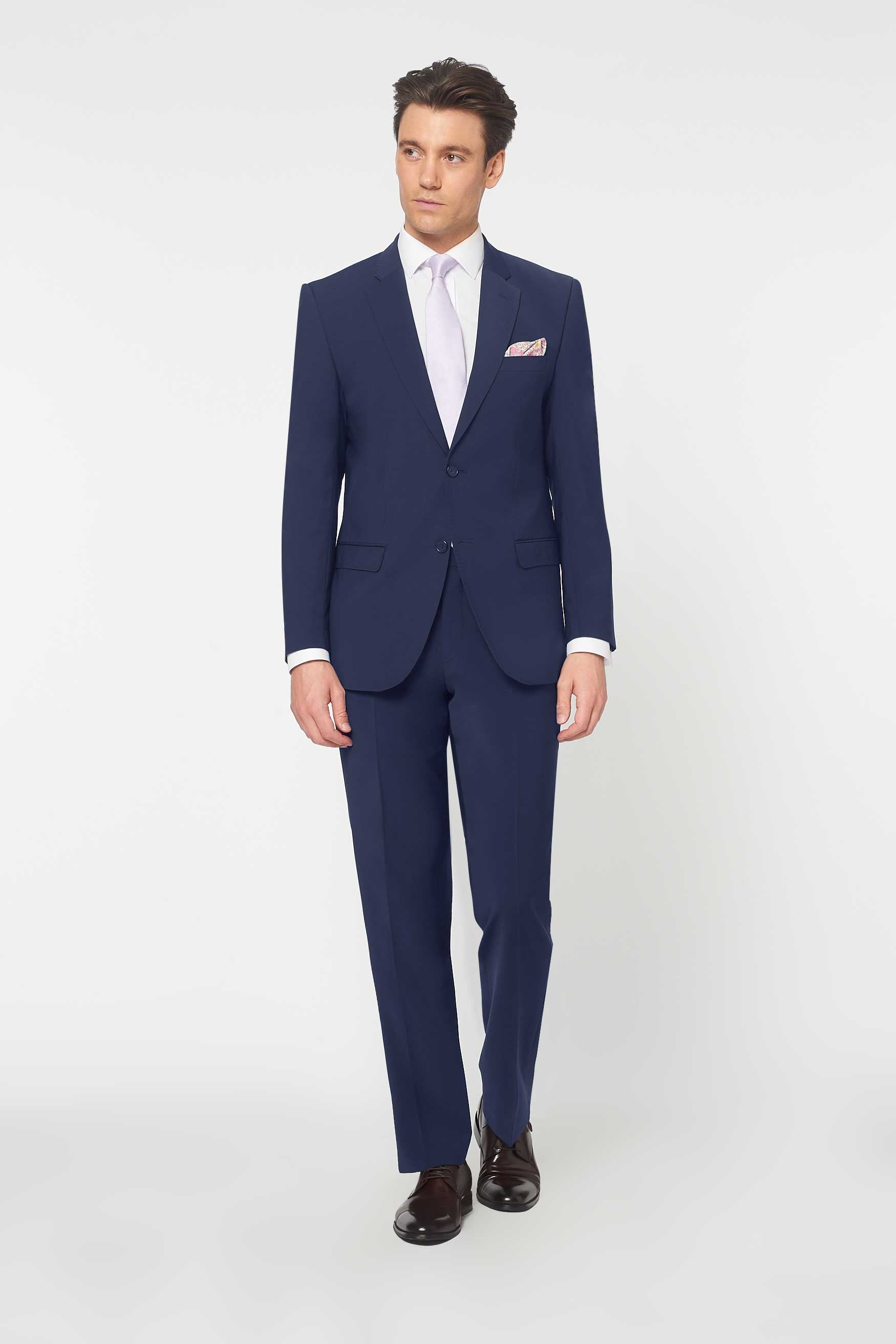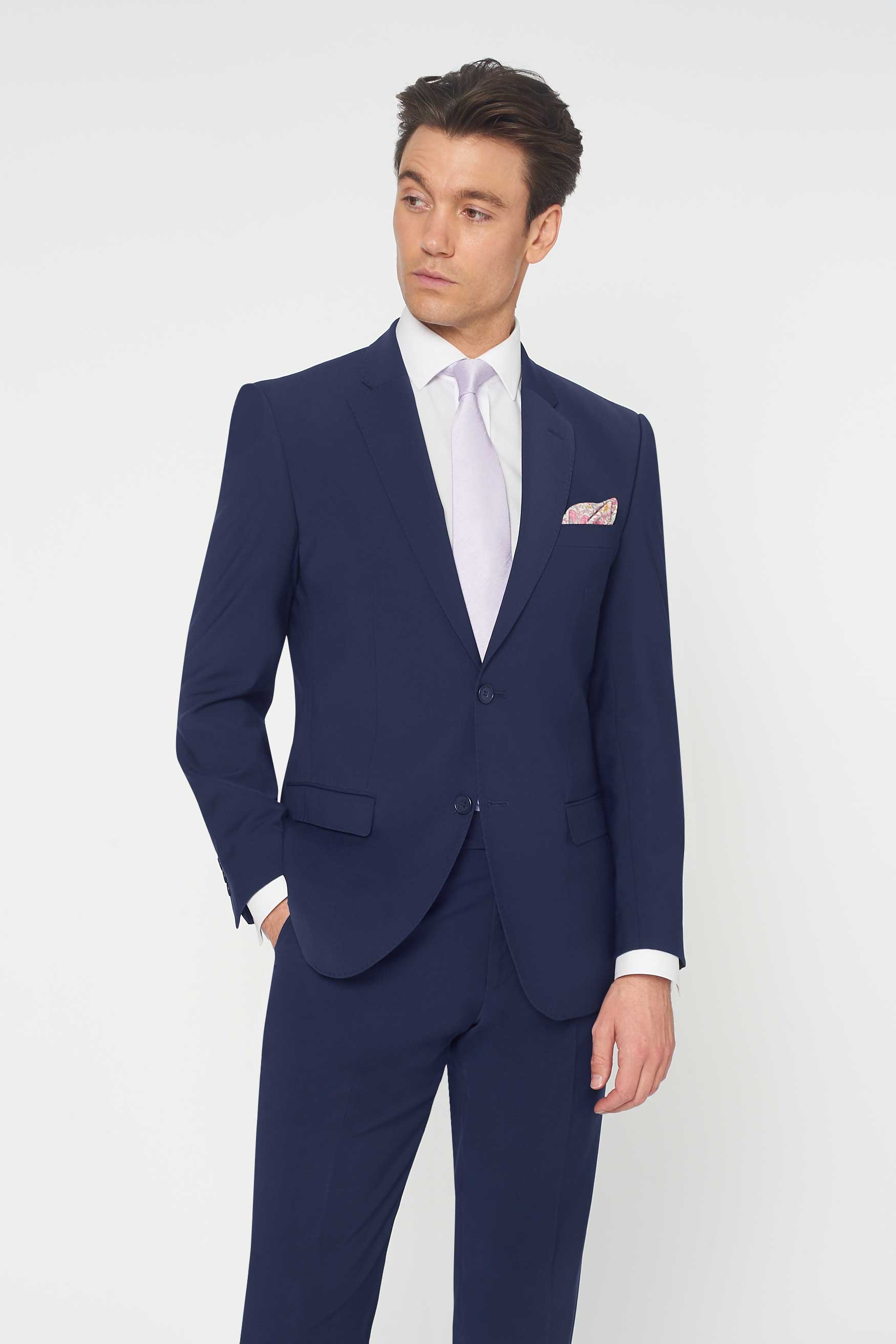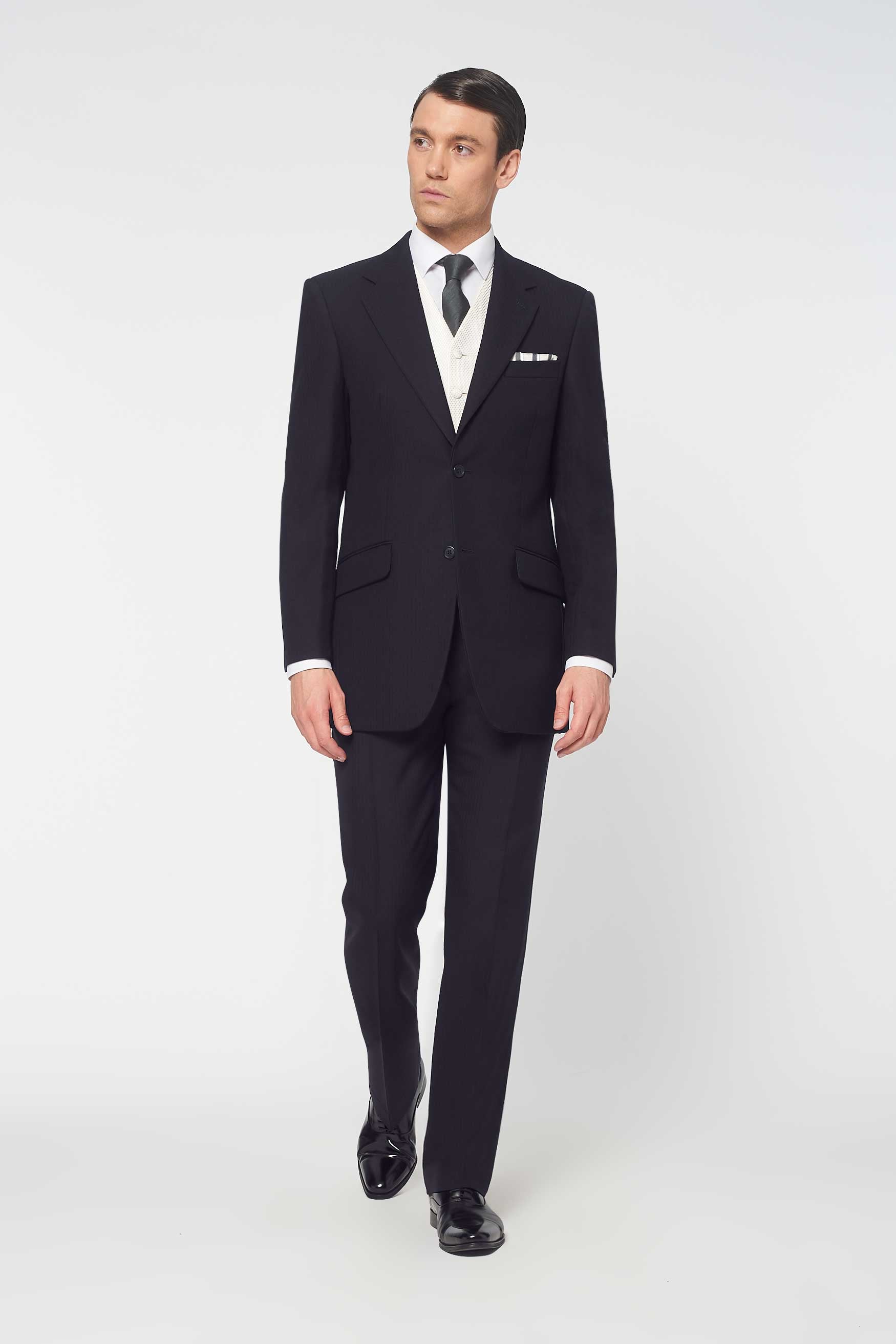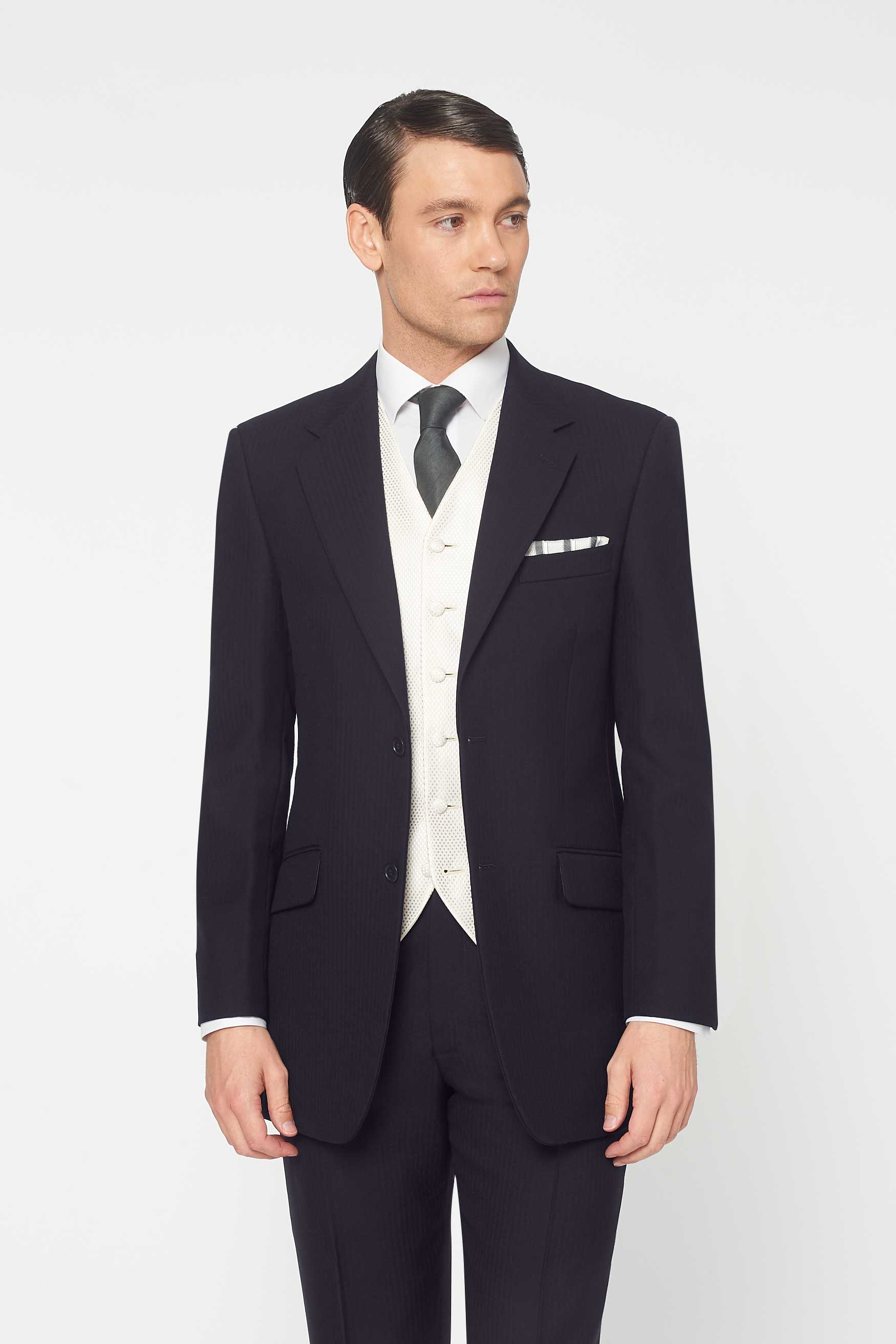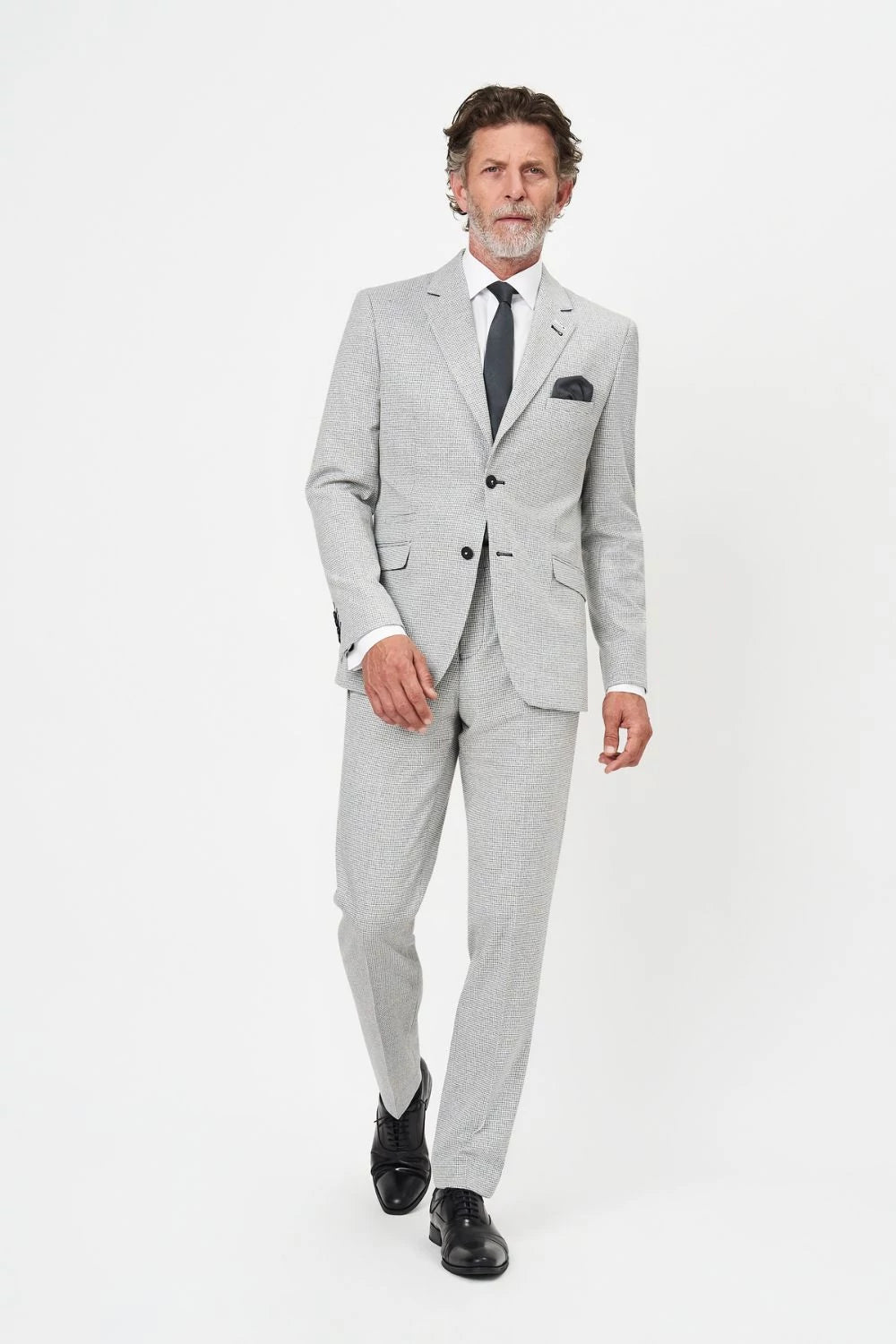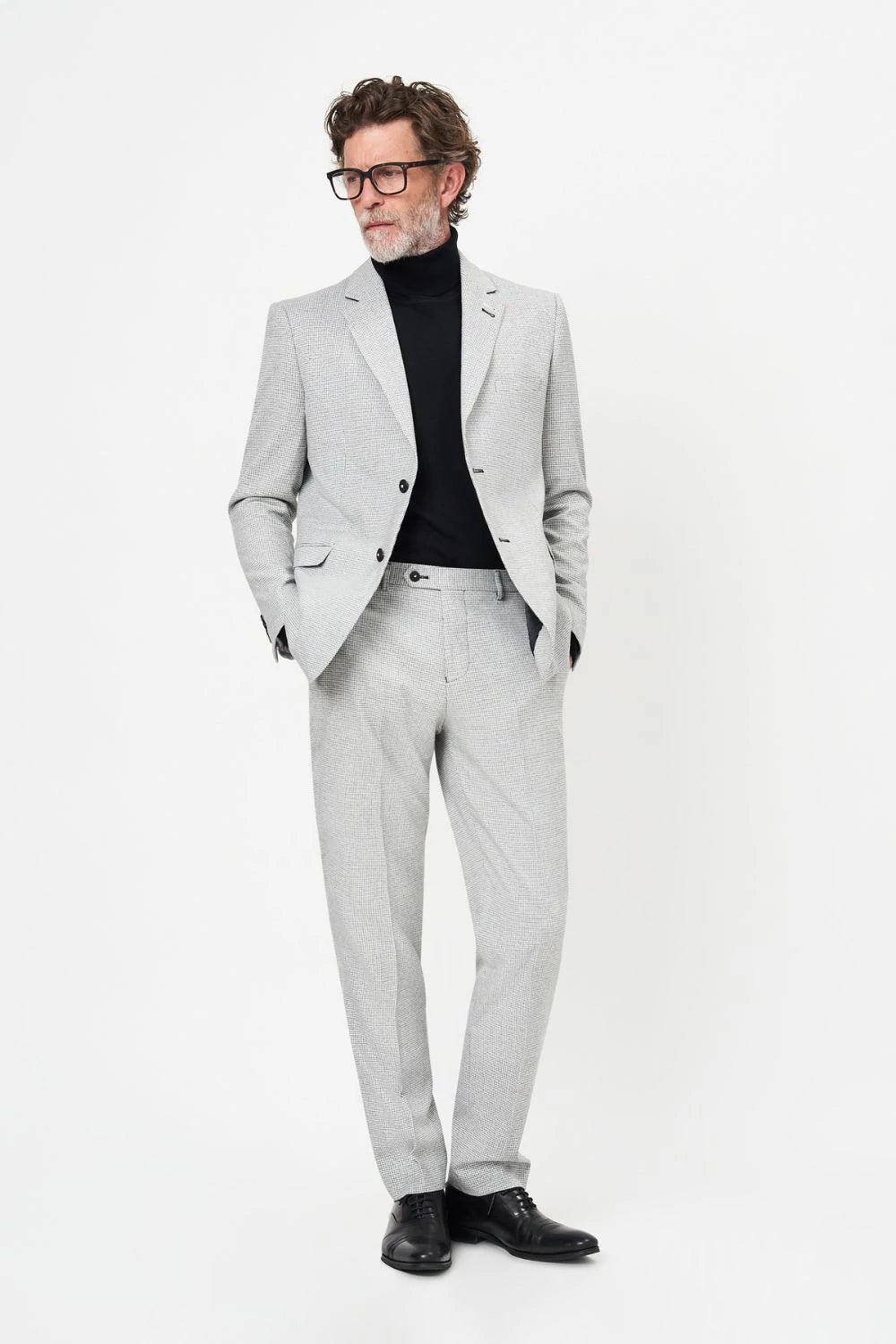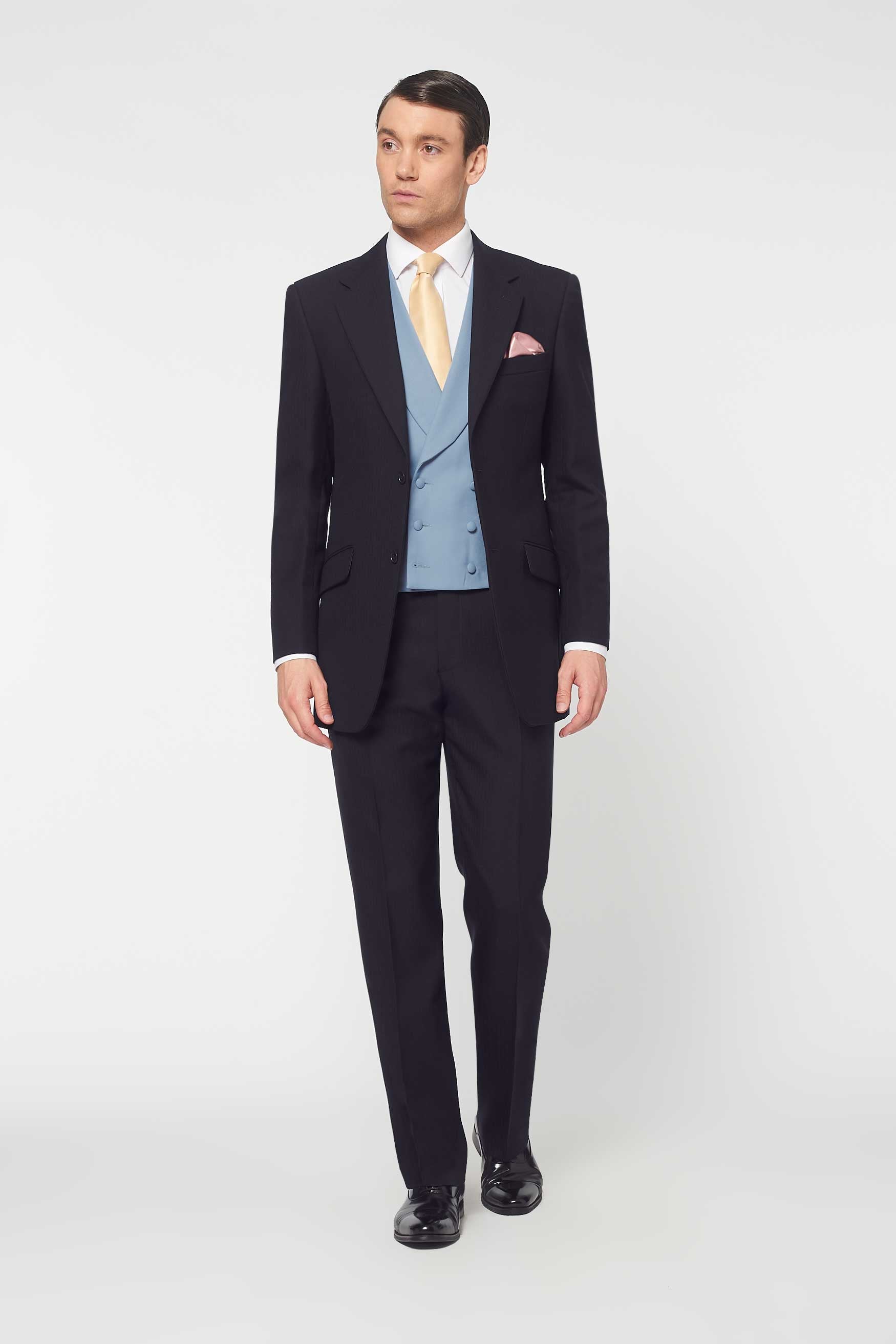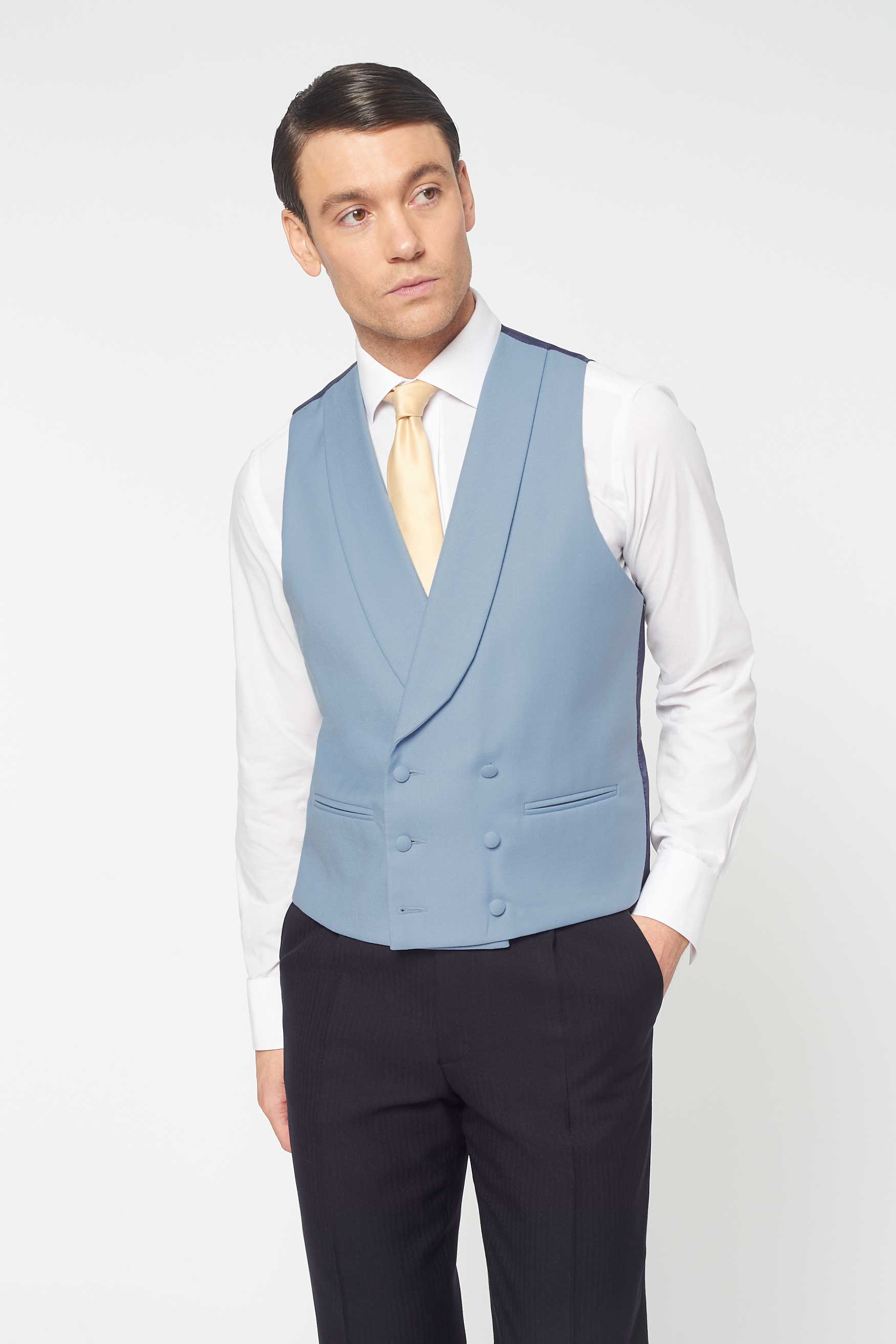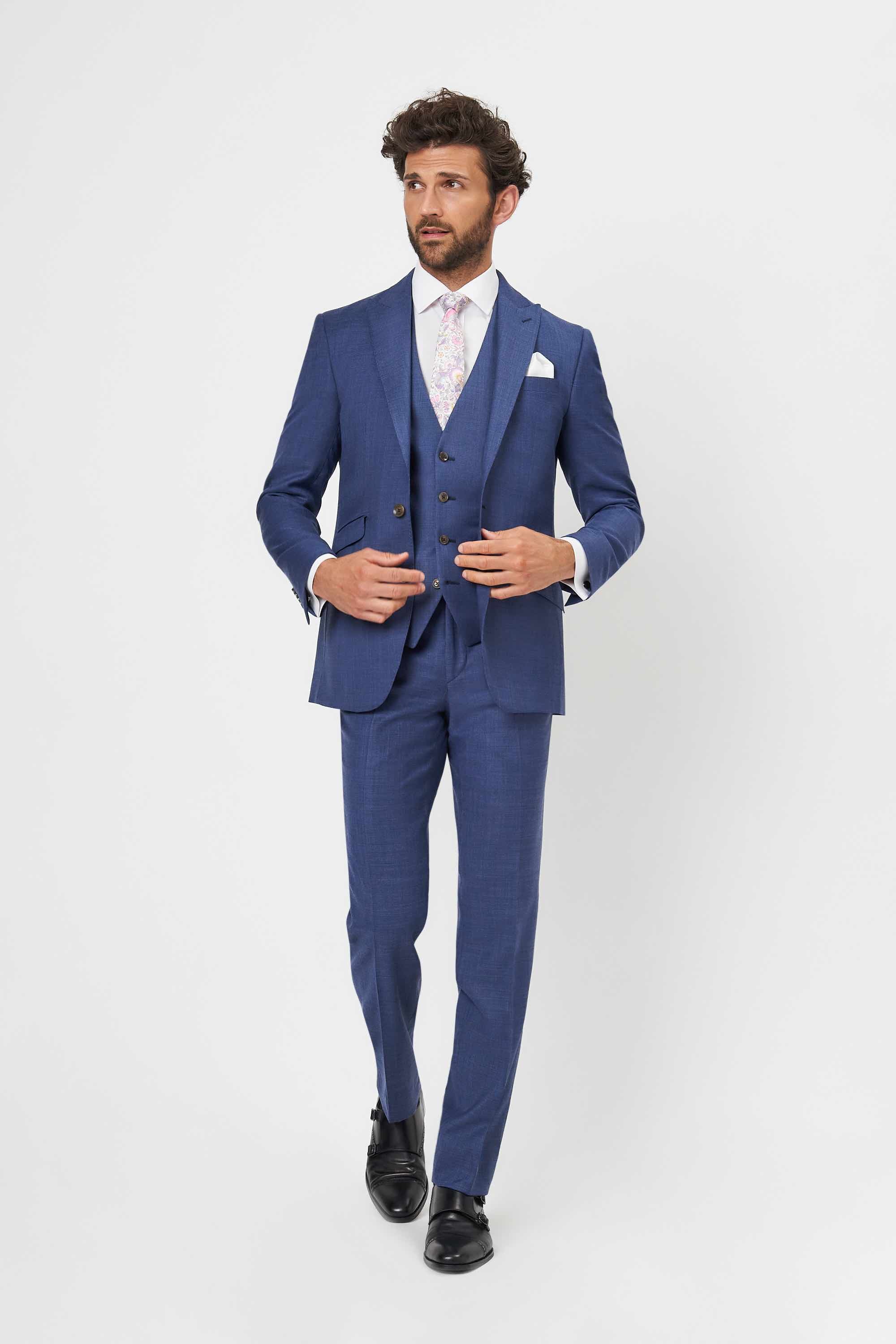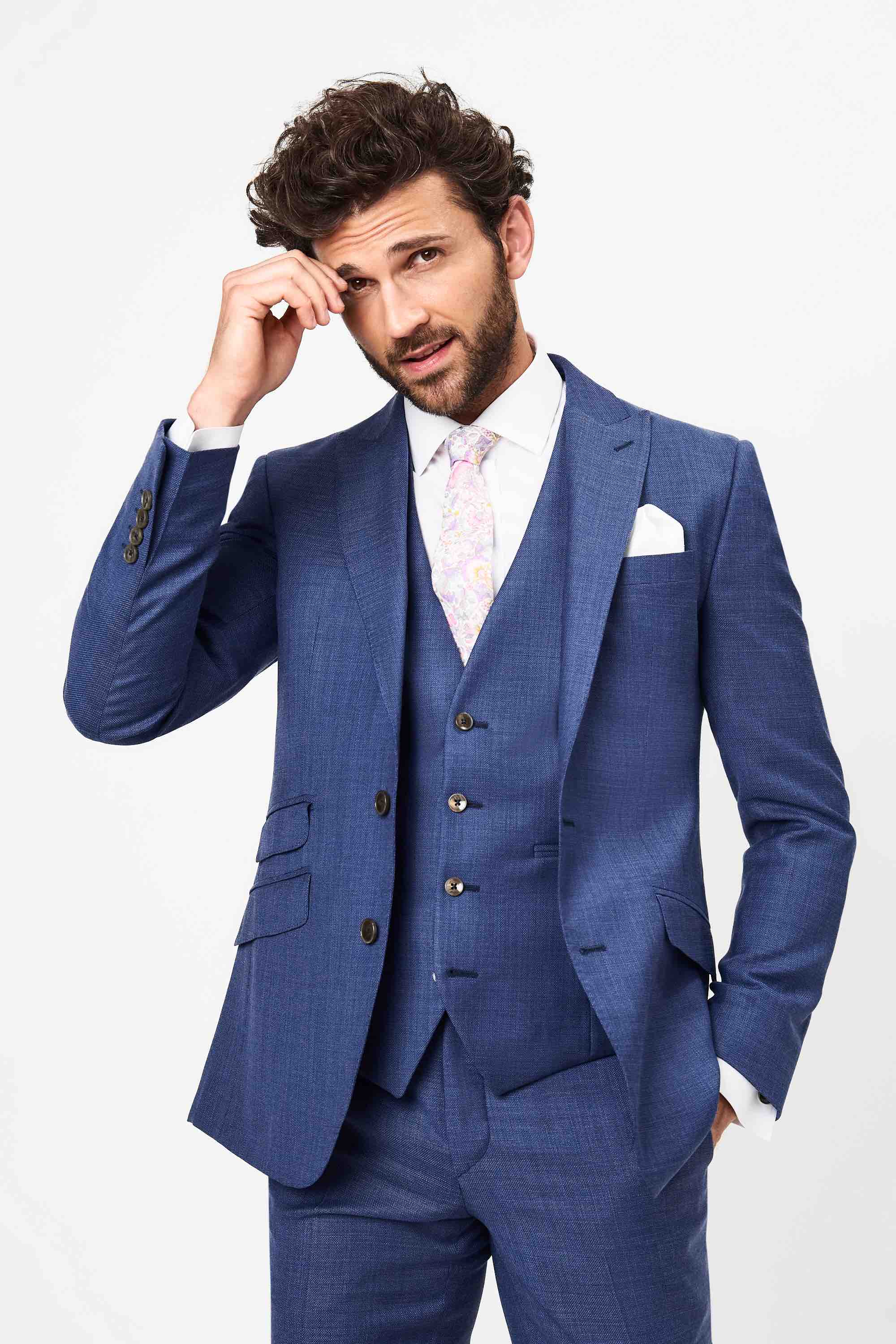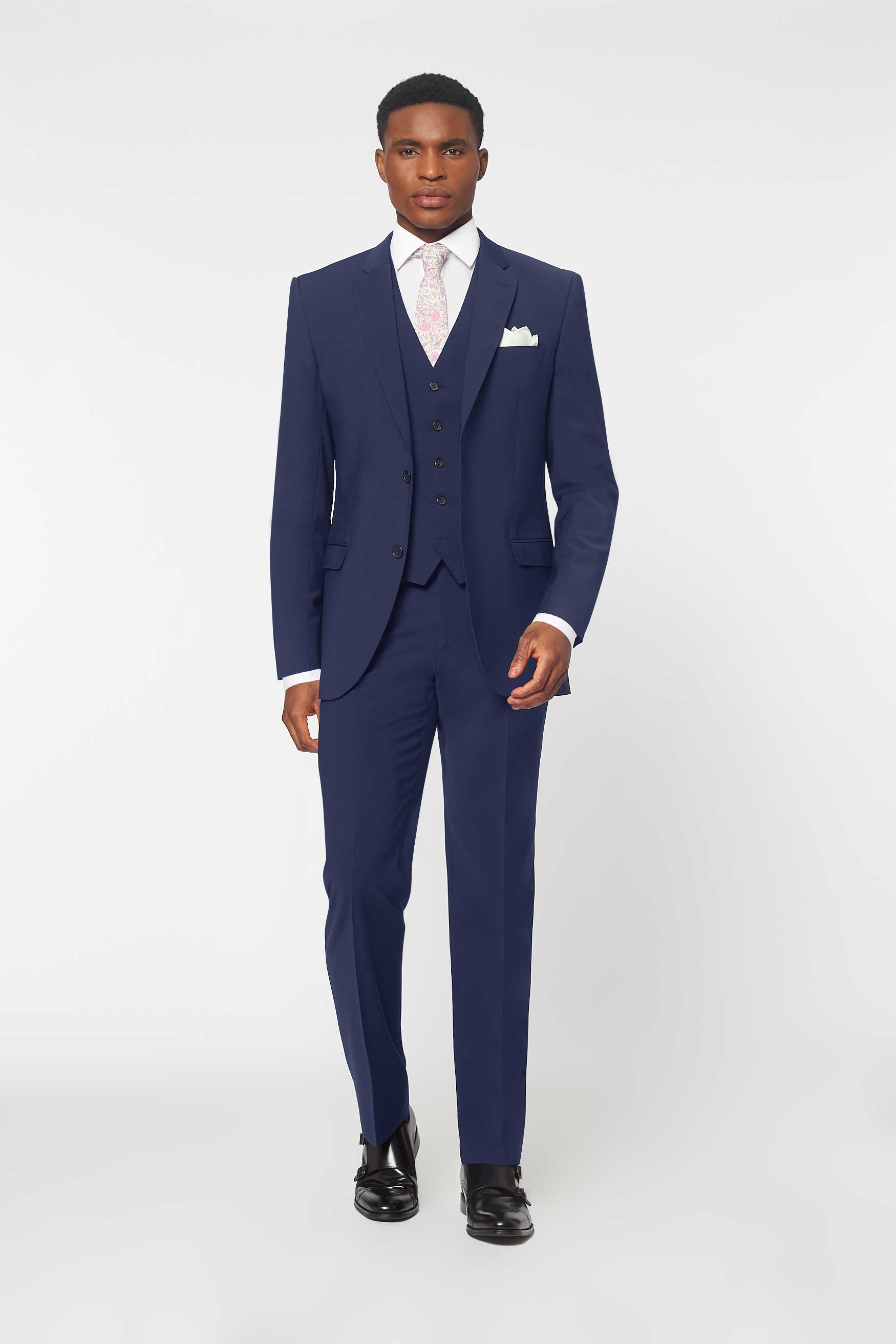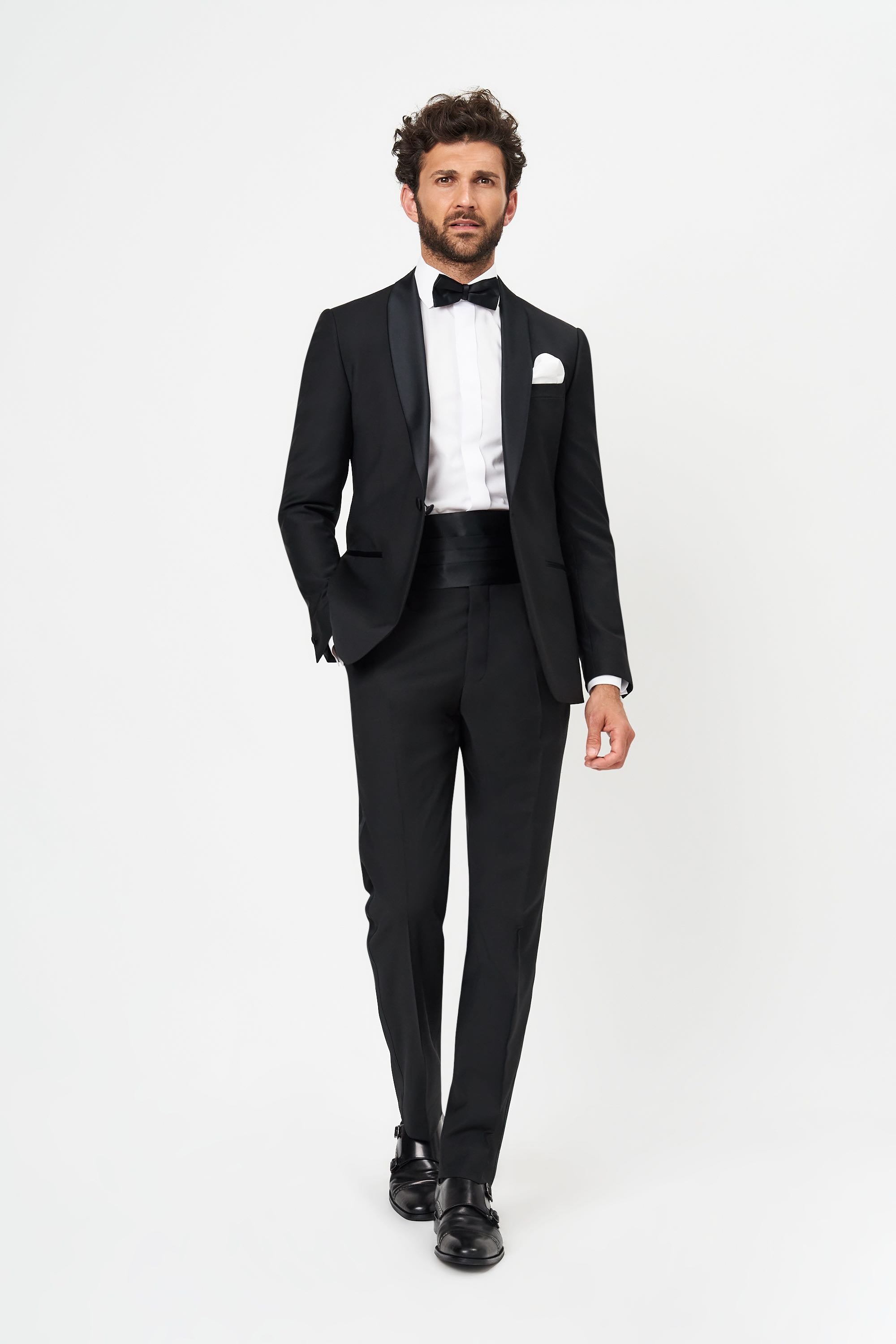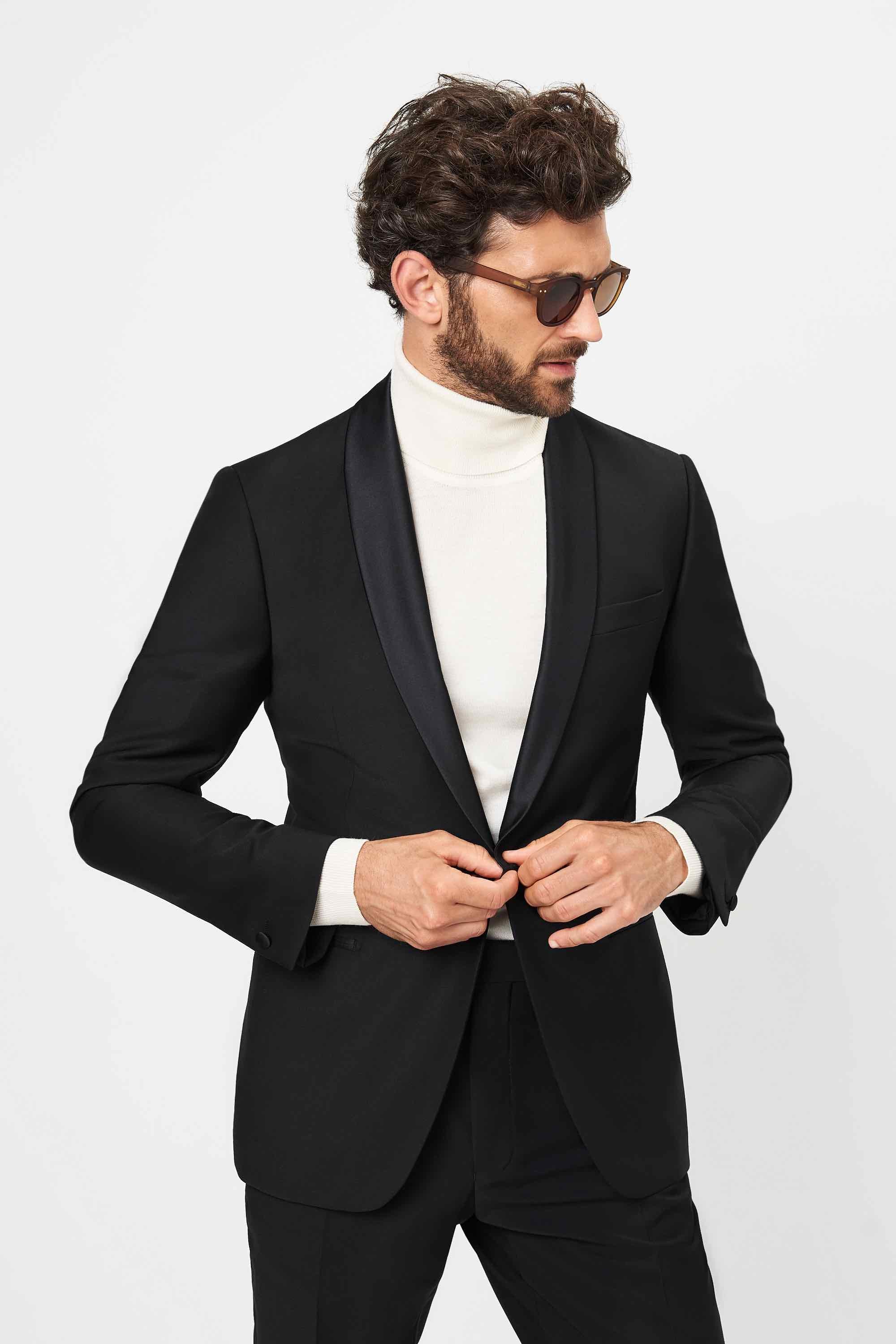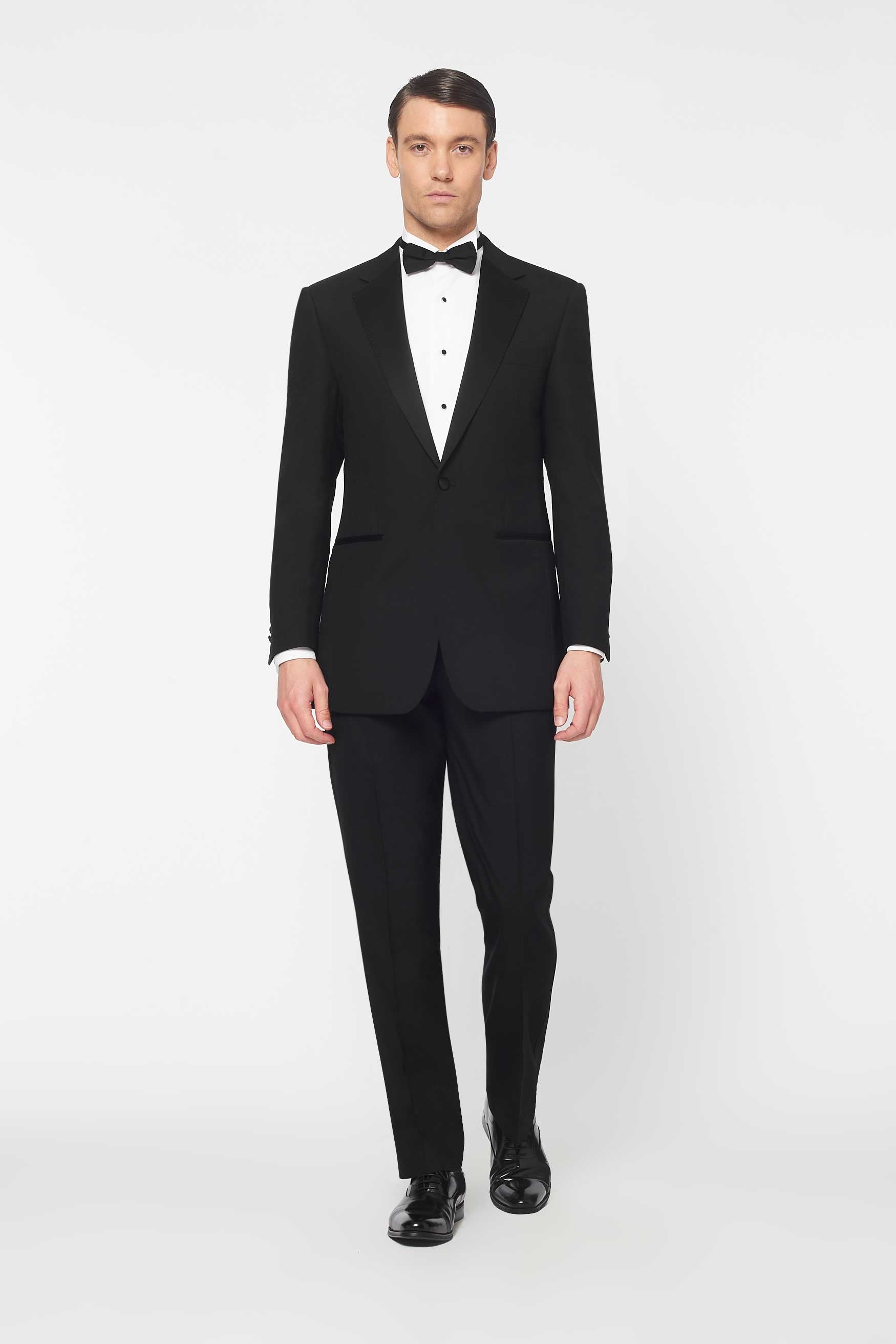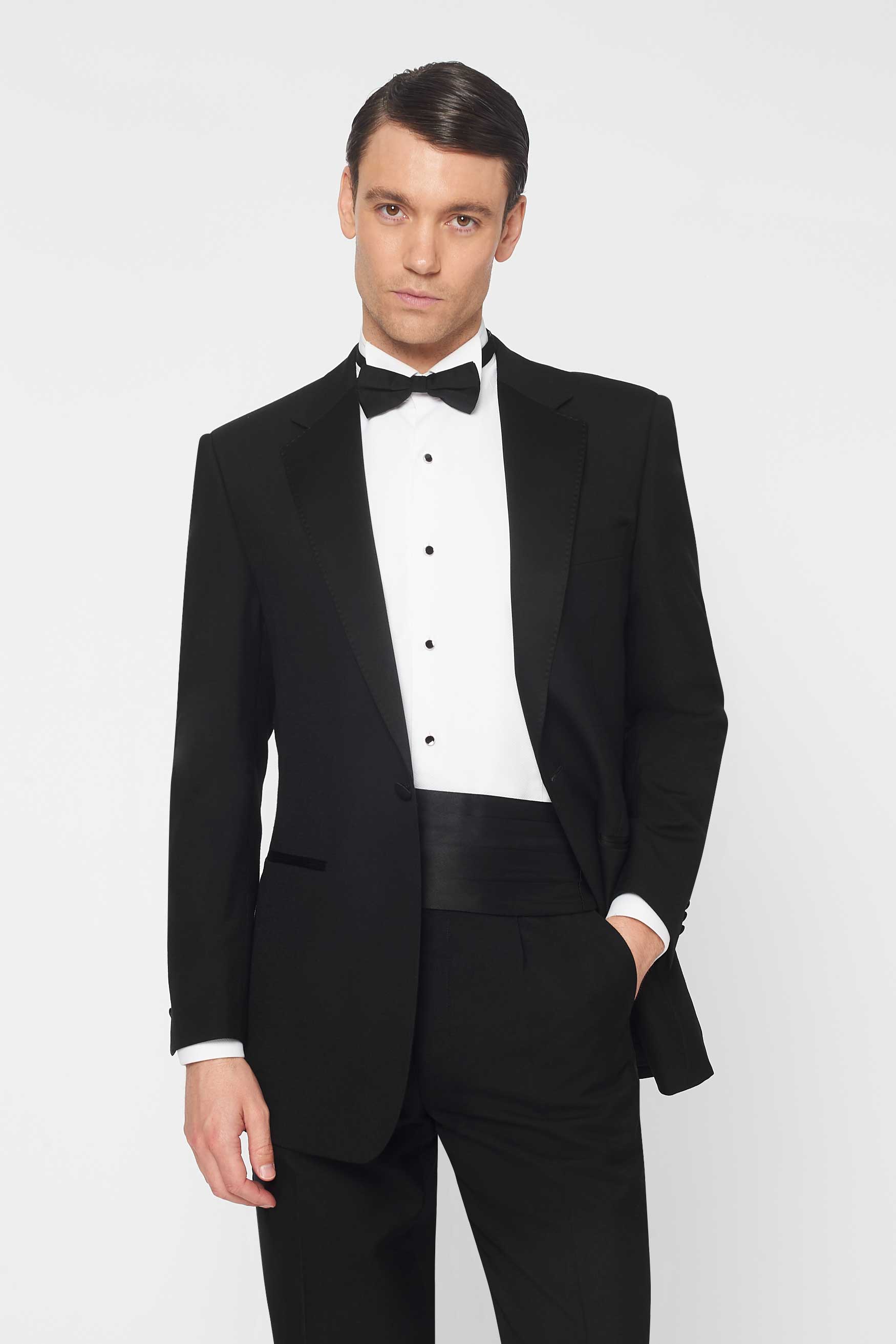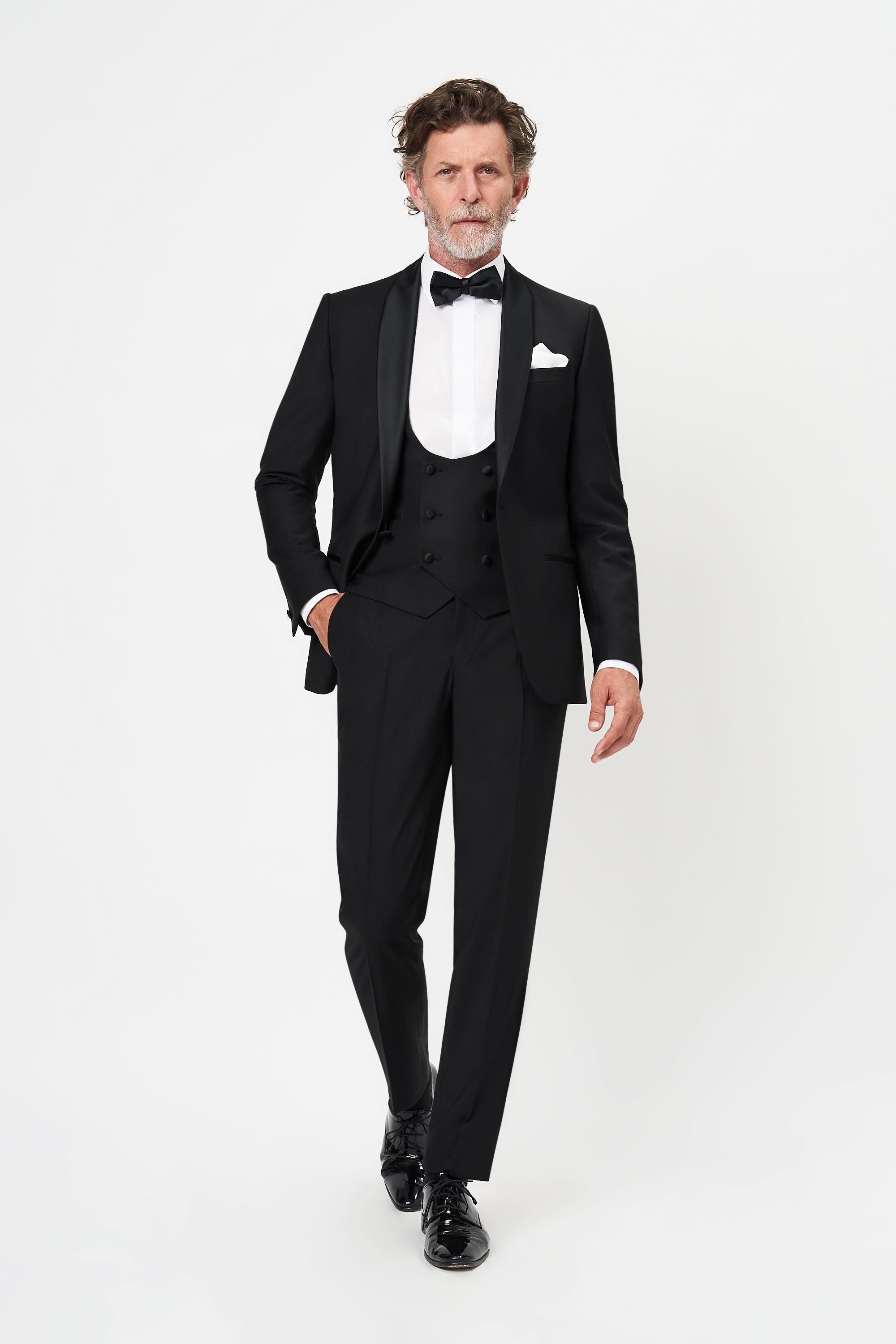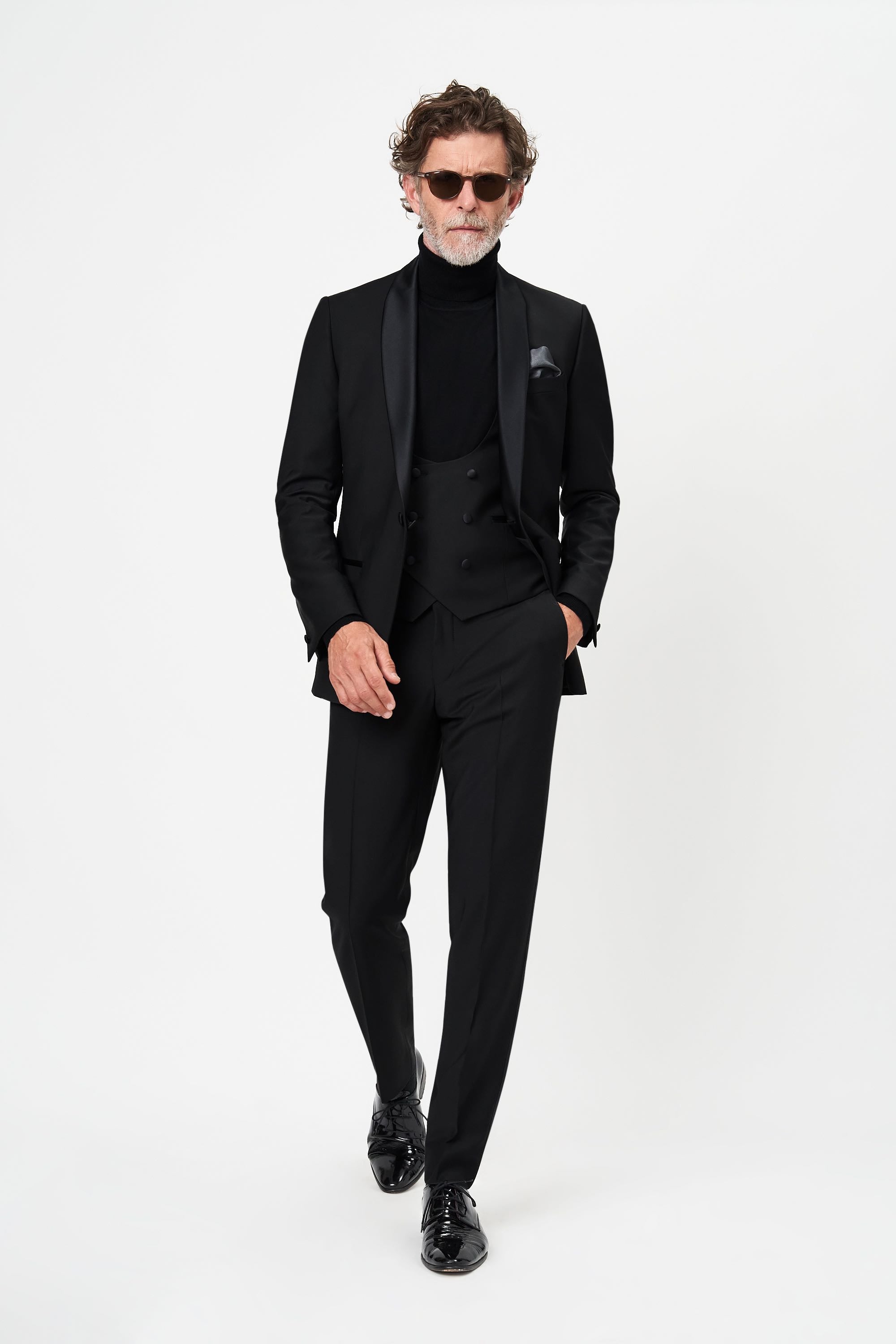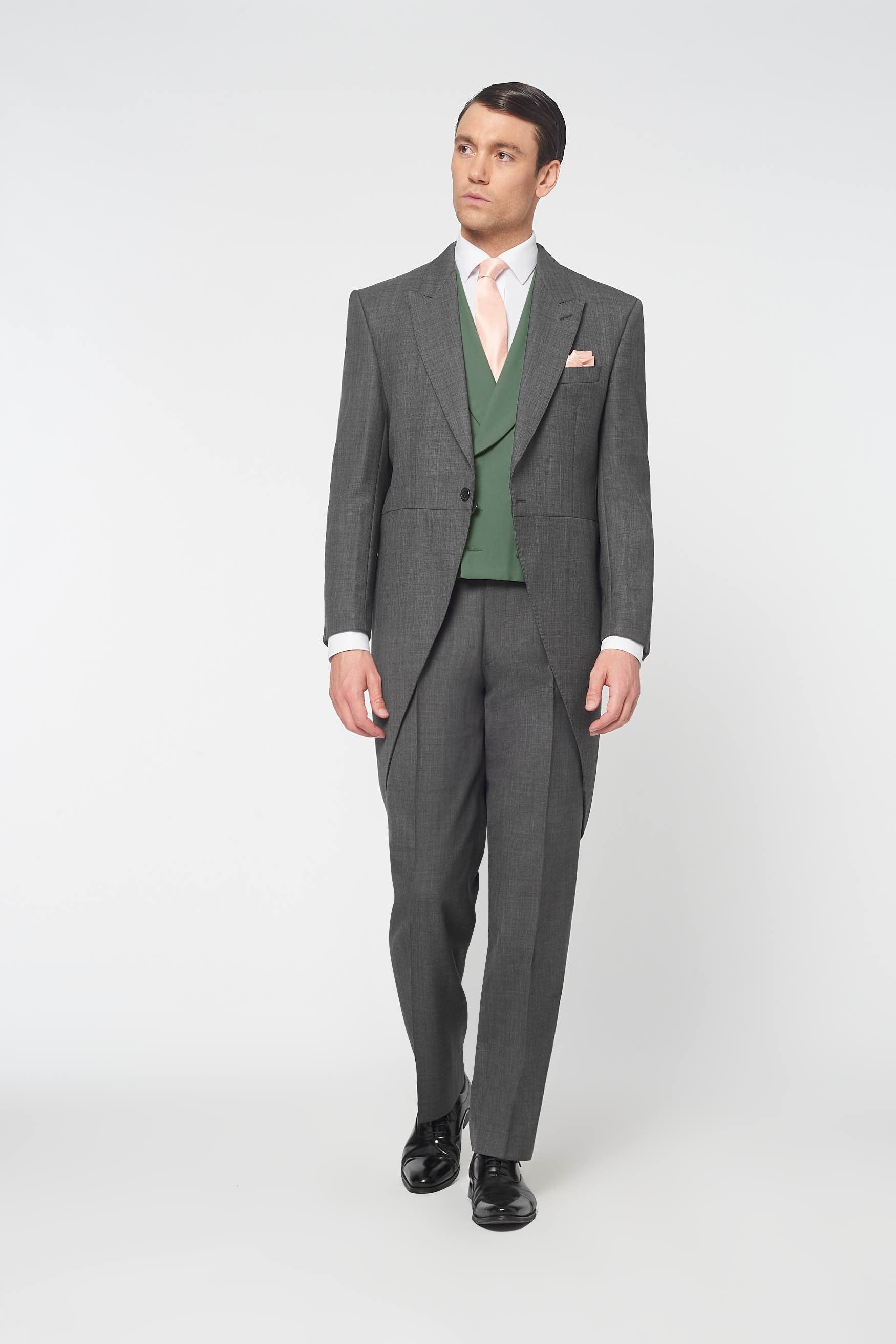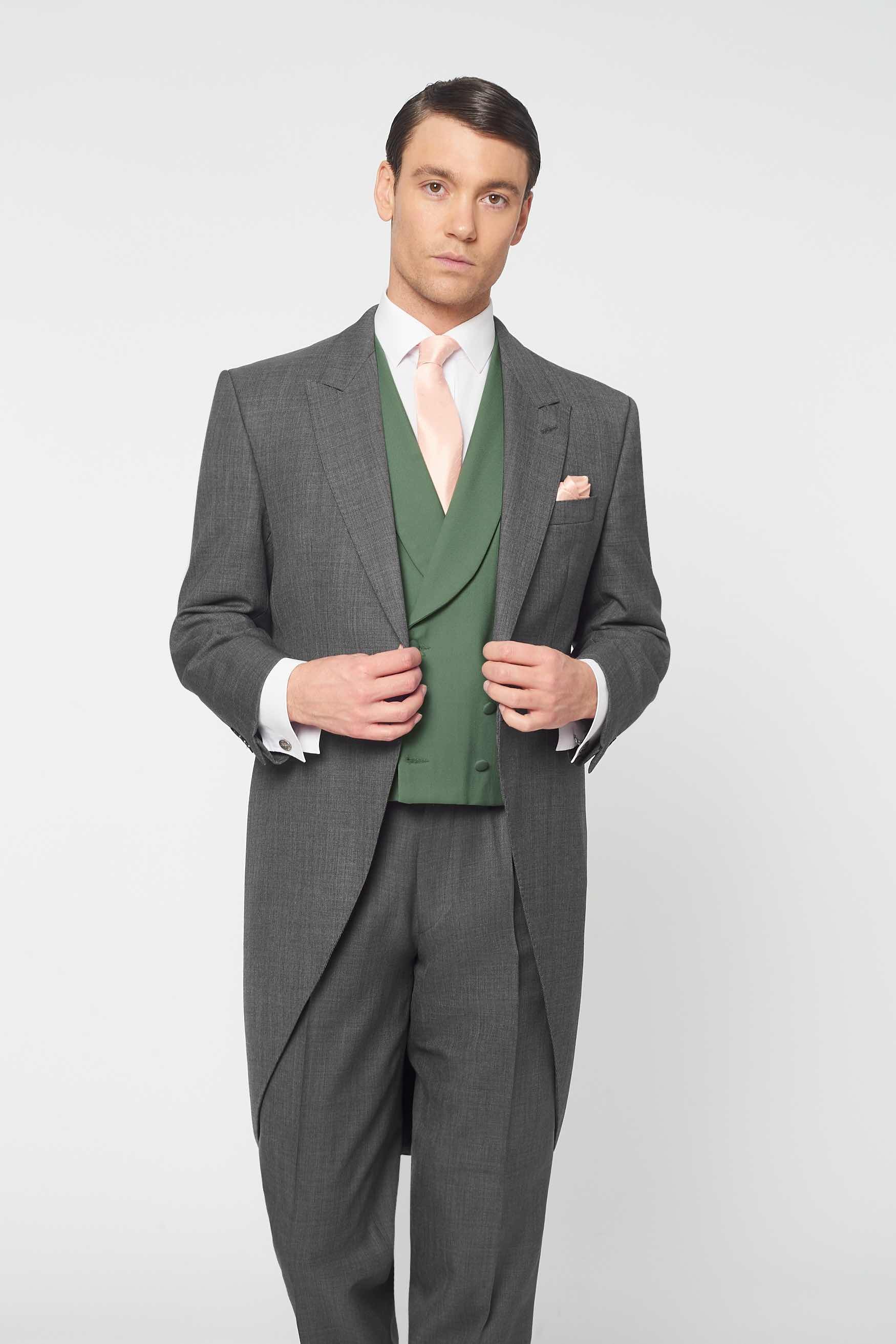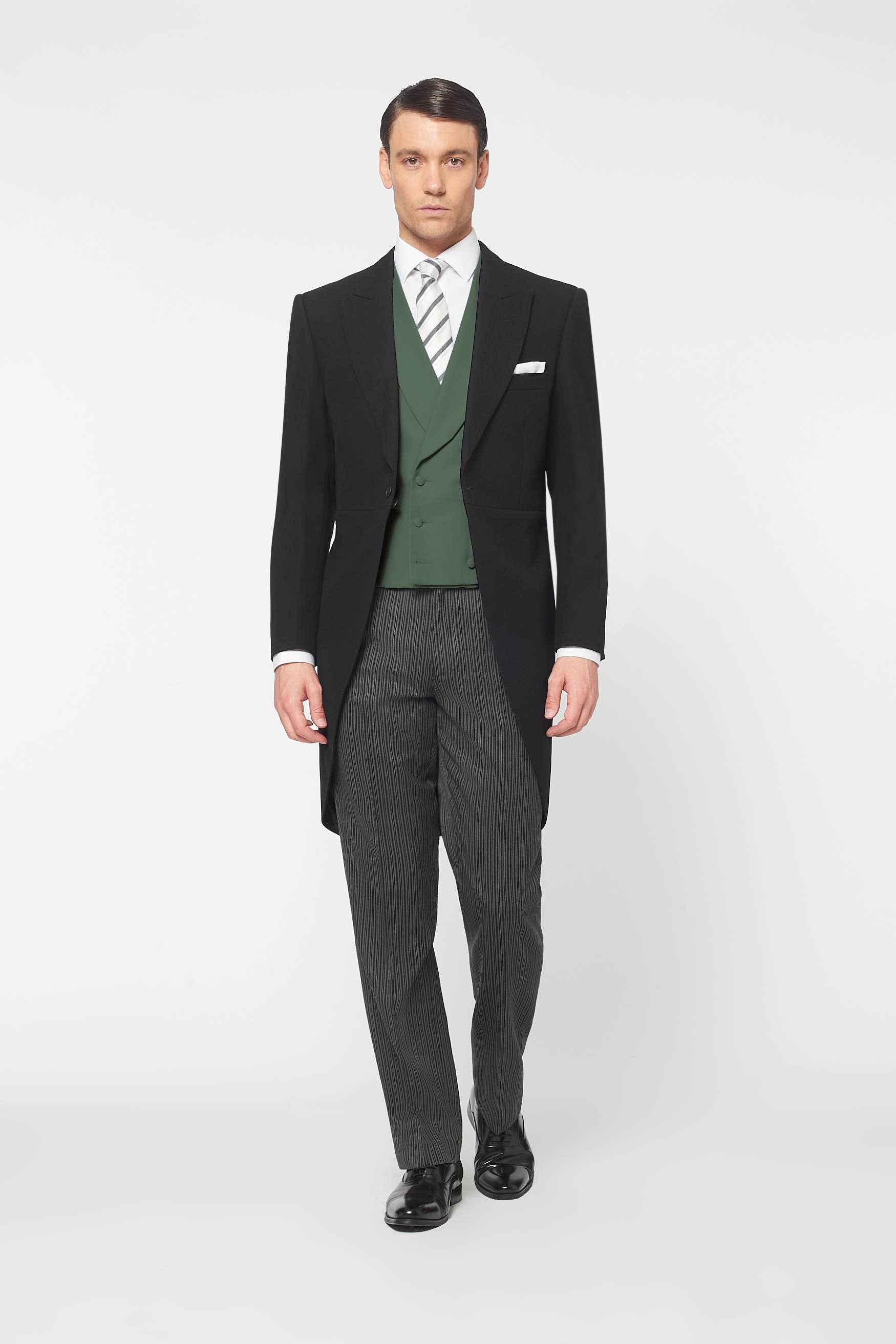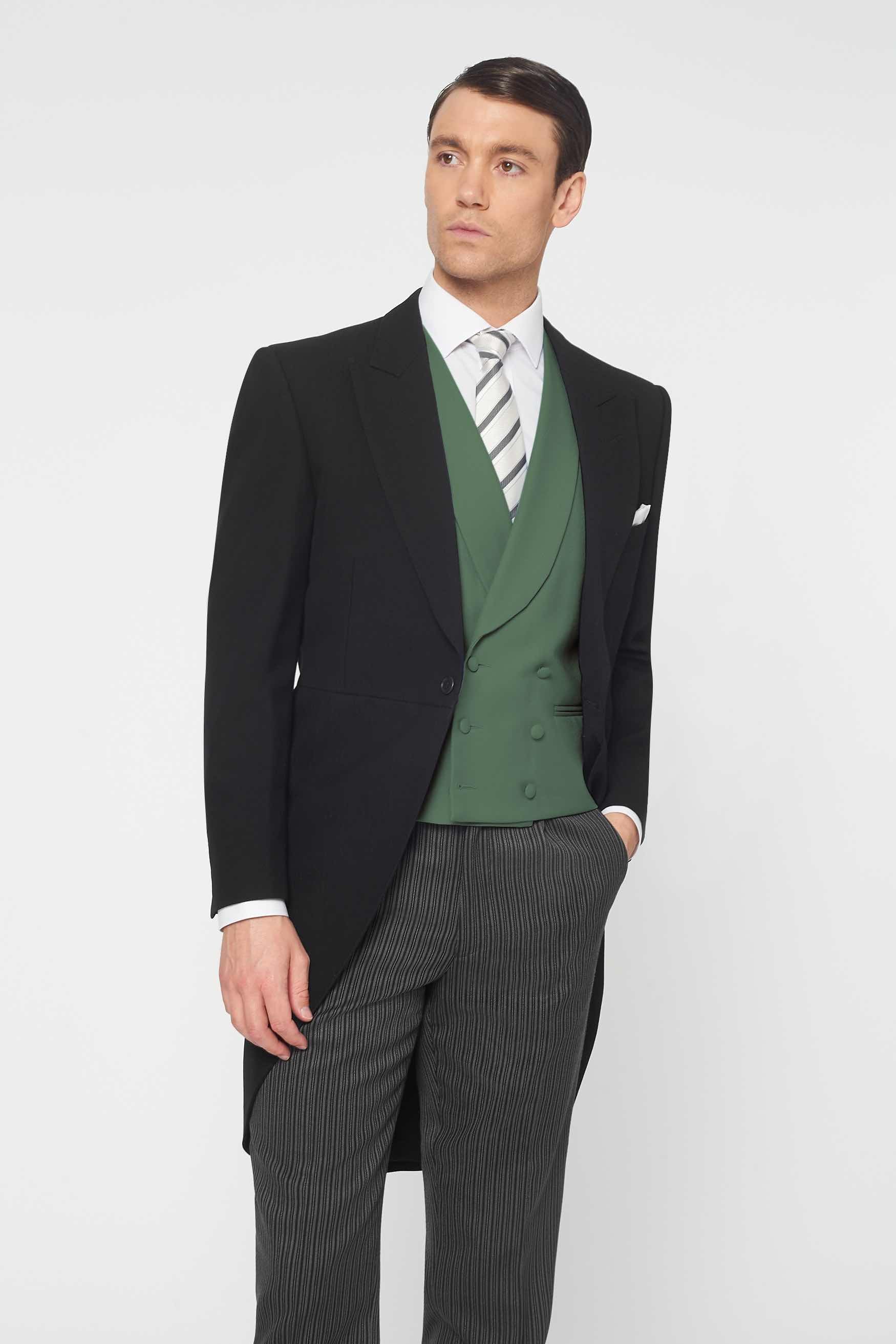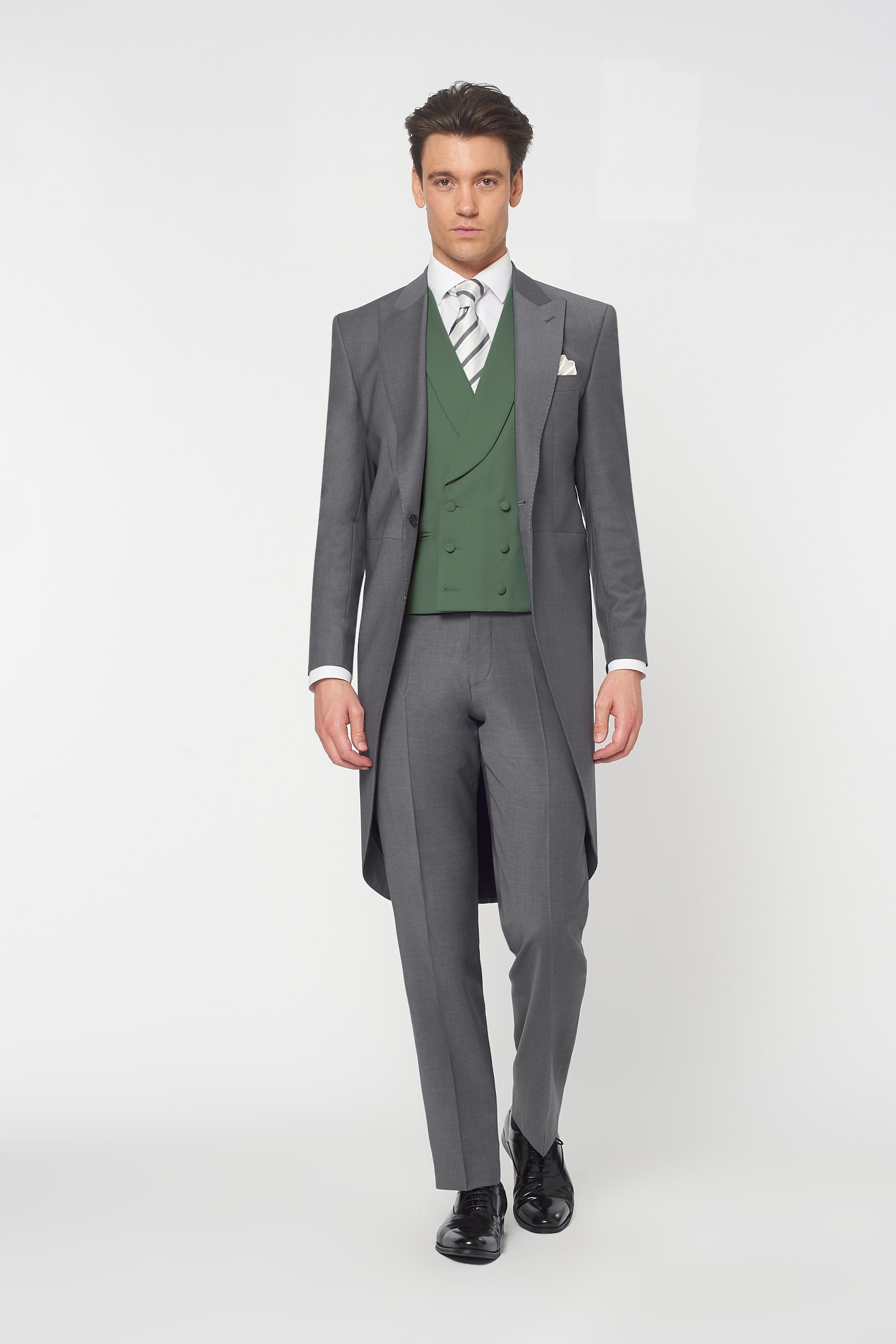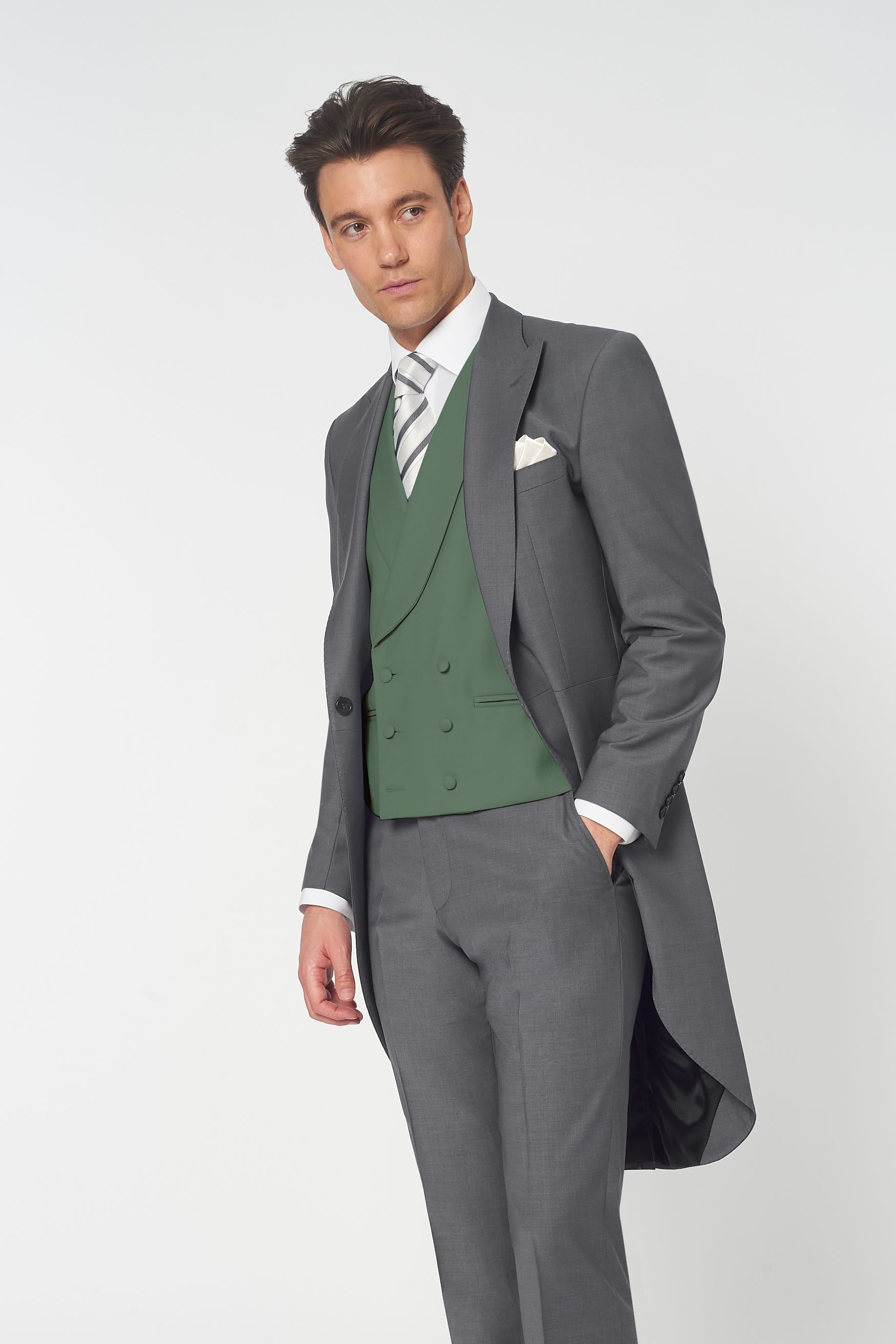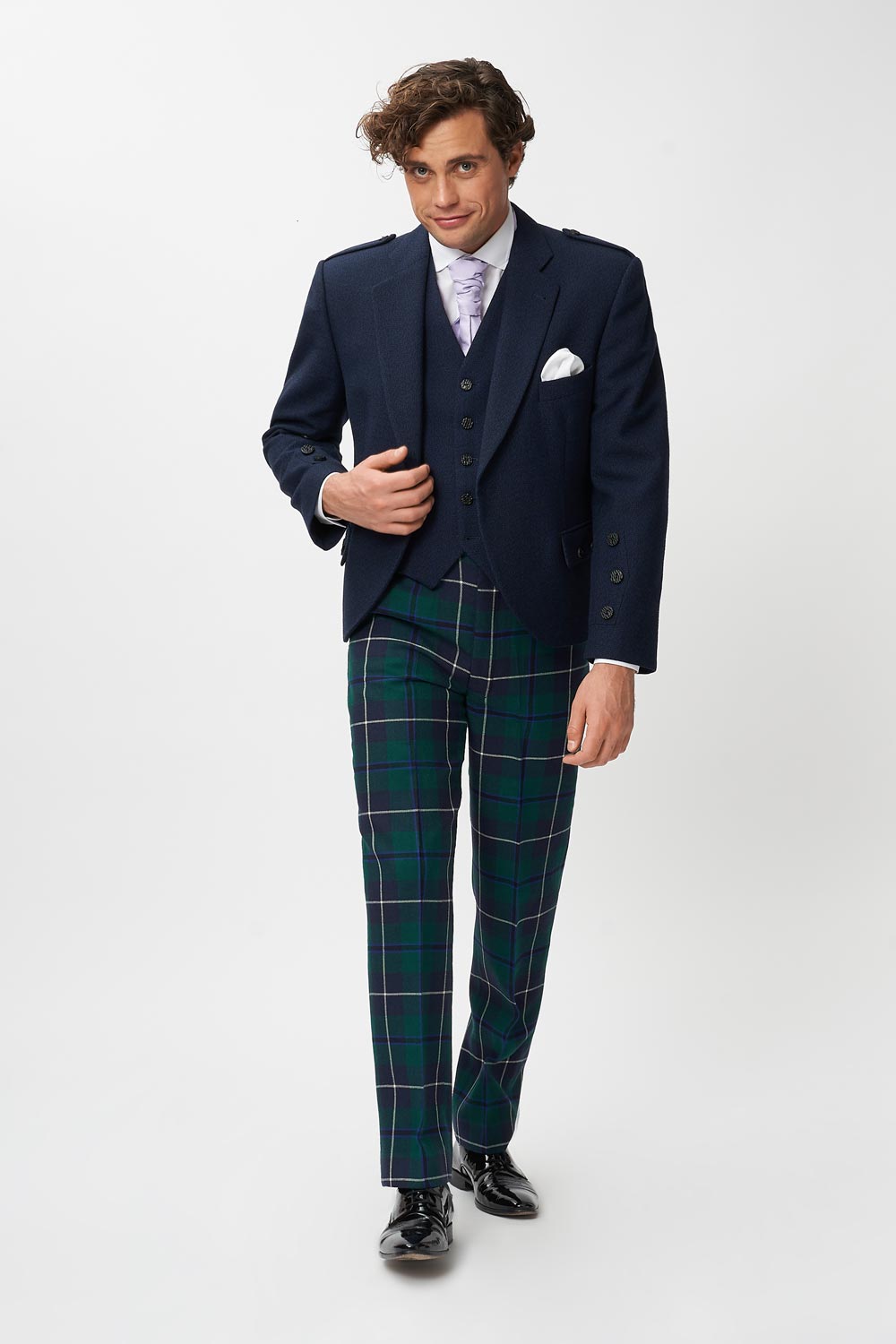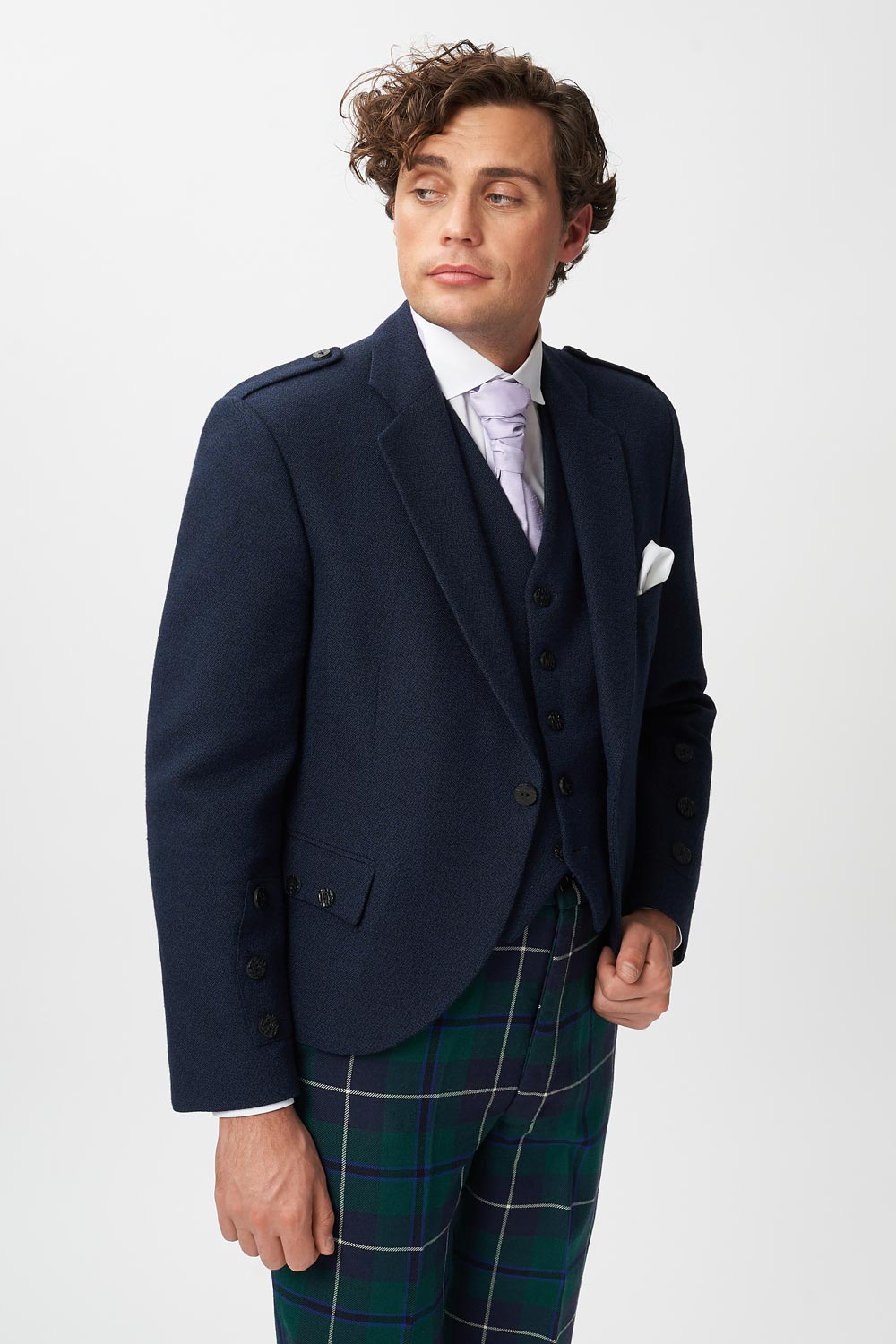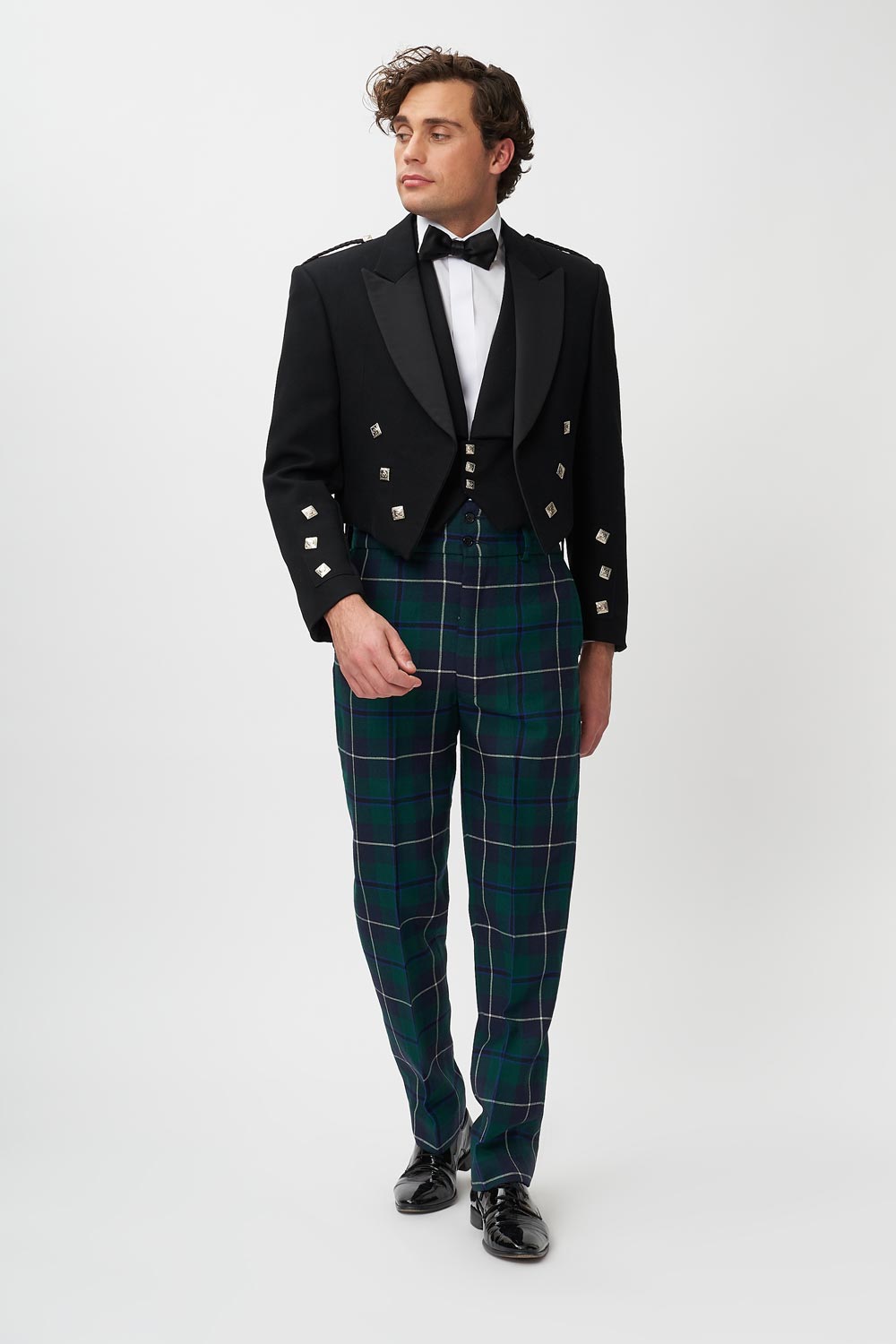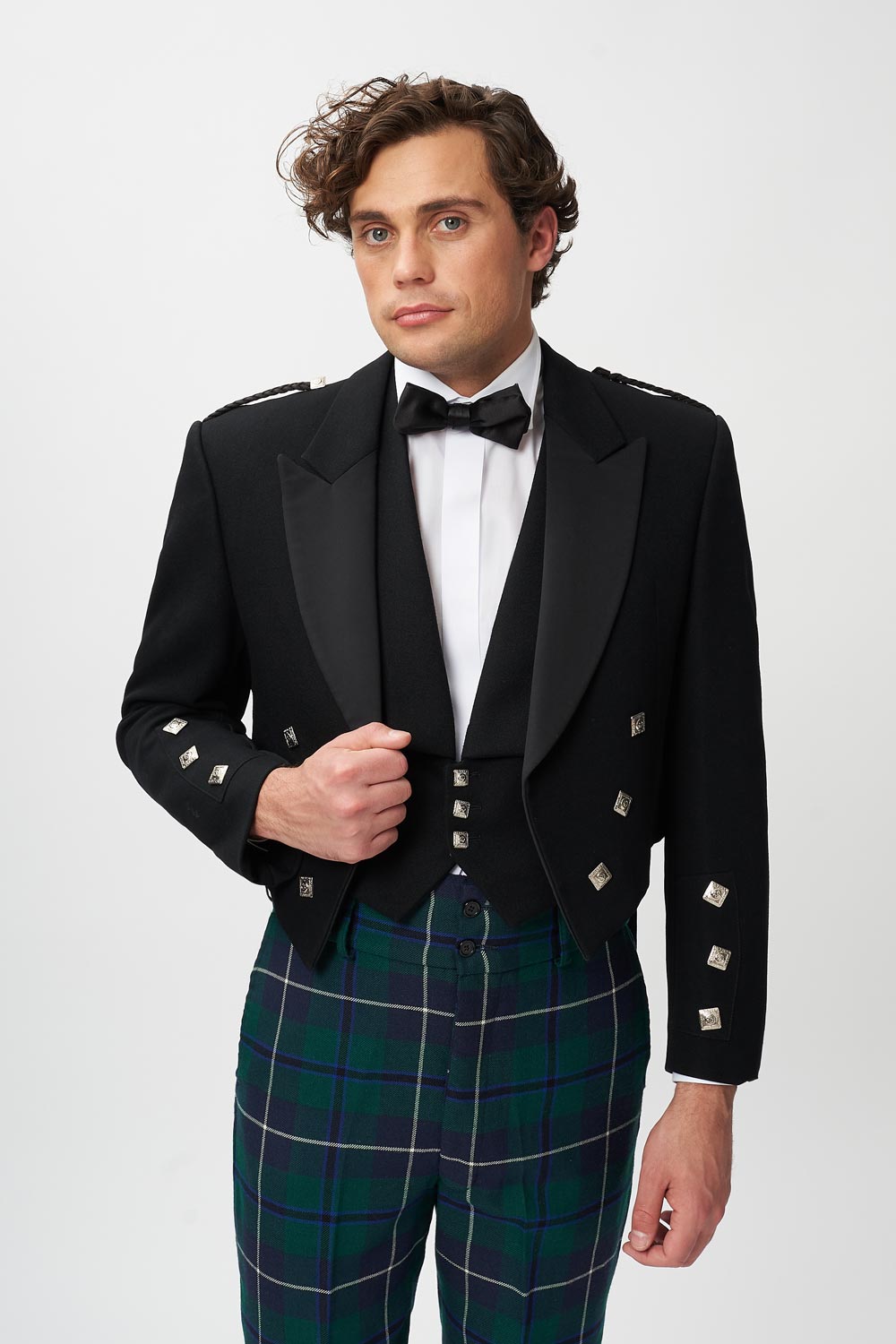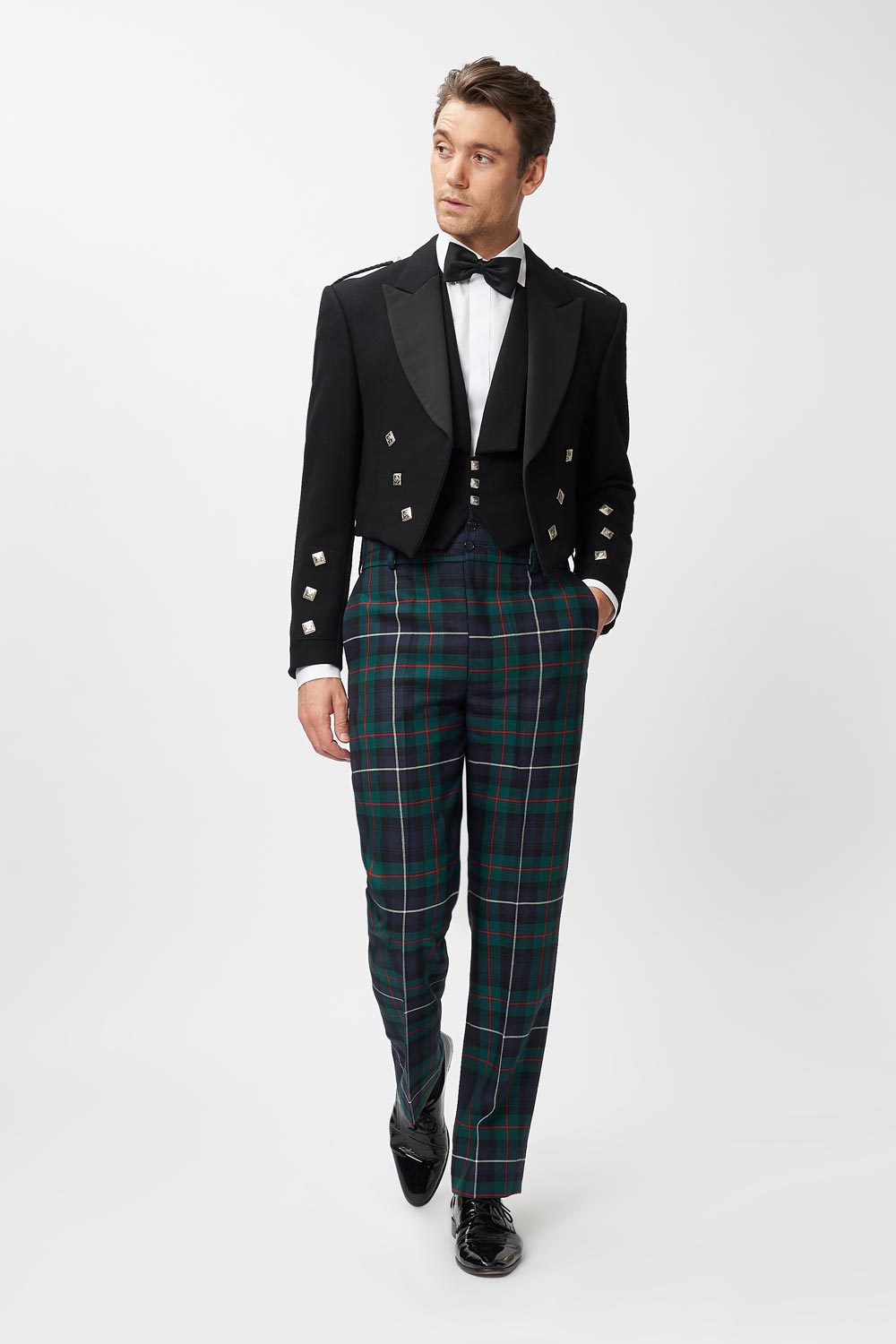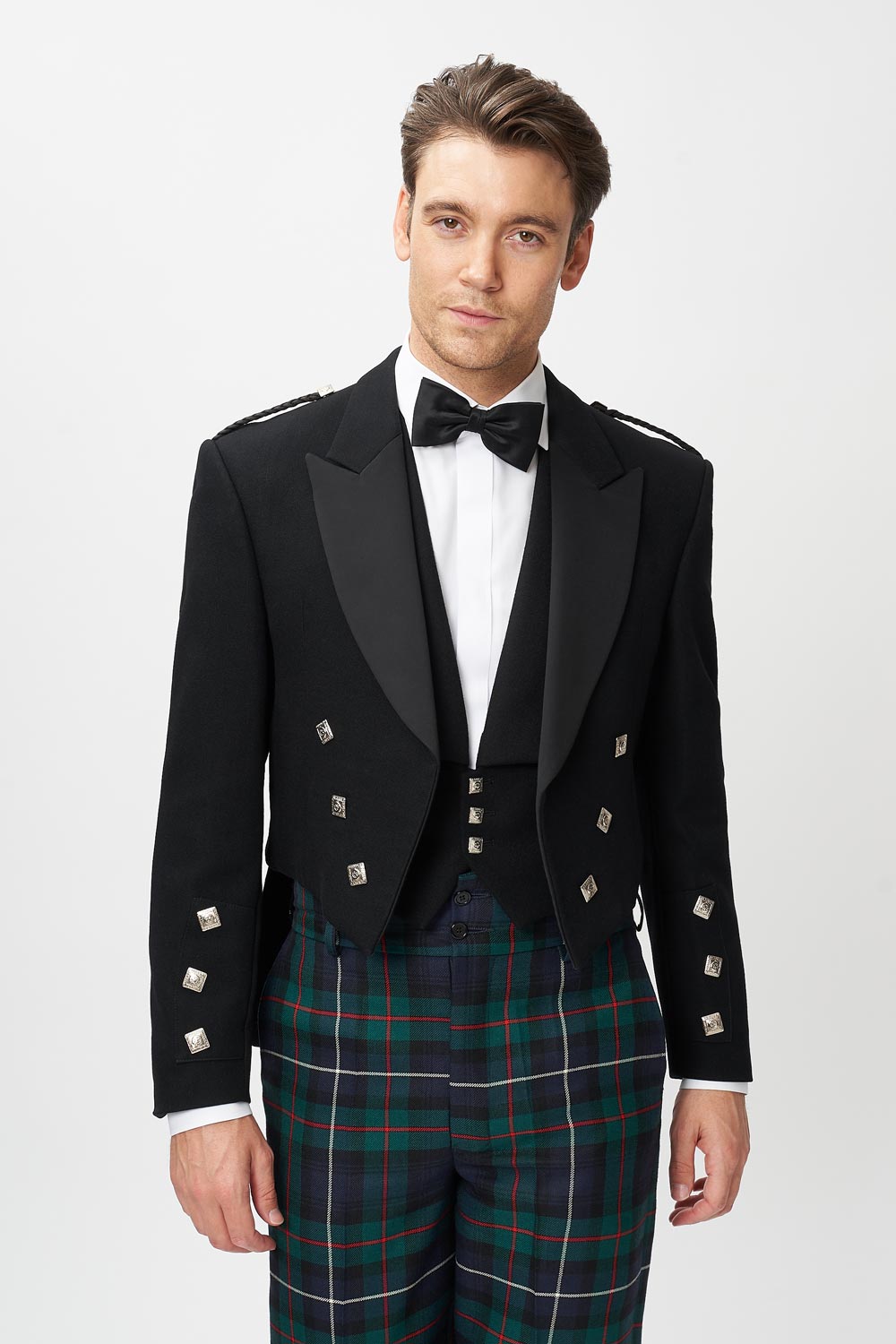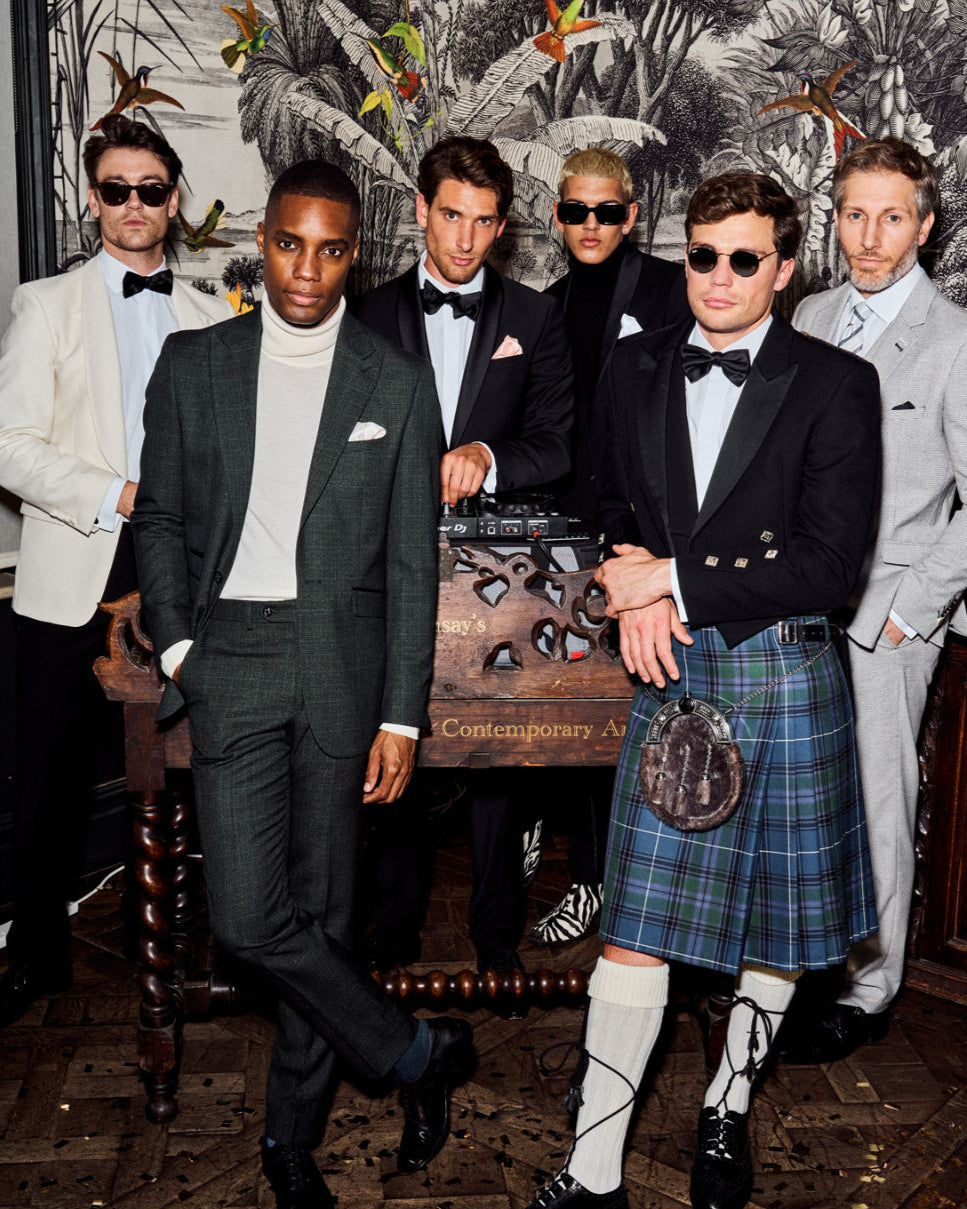
The 6 Types Of Suits You Should Know
Whether you're heading to your friend's wedding, attending Royal Ascot, going out on the town, or simply getting ready for a day in the office, you need to fit the dress code. And to do that, you need to know your way around a suit or six.
Since there are so many options these days, understanding the six most important types of suits can help you look the part, regardless of the event you're attending (or your workplace dress code).
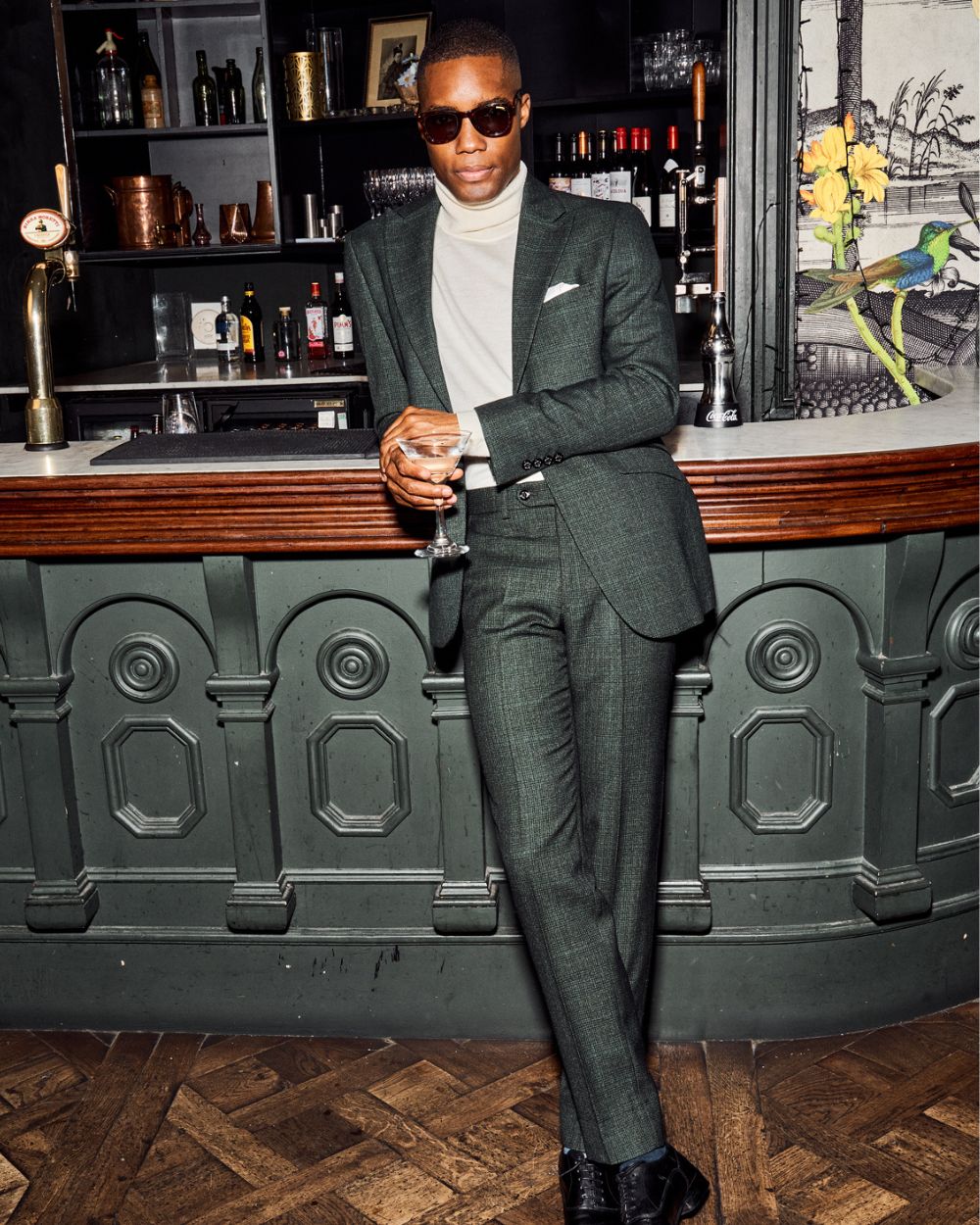
The Classic Two-Piece Suit
The two-piece suit dates back to the late 1700s — it's a classic for a reason! While certain elements may look slightly different from the original get up, the overall concept remains. This common formal outfit consists of a suit jacket and matching trousers, as it has for over a century.
Despite its simplicity, it's a highly formal style that's ideal for corporate workplaces and other formal occasions. But if you're looking for a truly timeless two-piece suit, we recommend focusing on these classic design elements:
- Three to four buttons on the cuff
- Made from a natural, plant-based fabric (think cotton, wool, and linen)
- Two to three buttons on single-breasted suit jackets
- One breast pocket
- Shawl, peaked, or notched lapels
- Form fitting
- One solid colour
Explore Our Collection of 2-Piece Suits
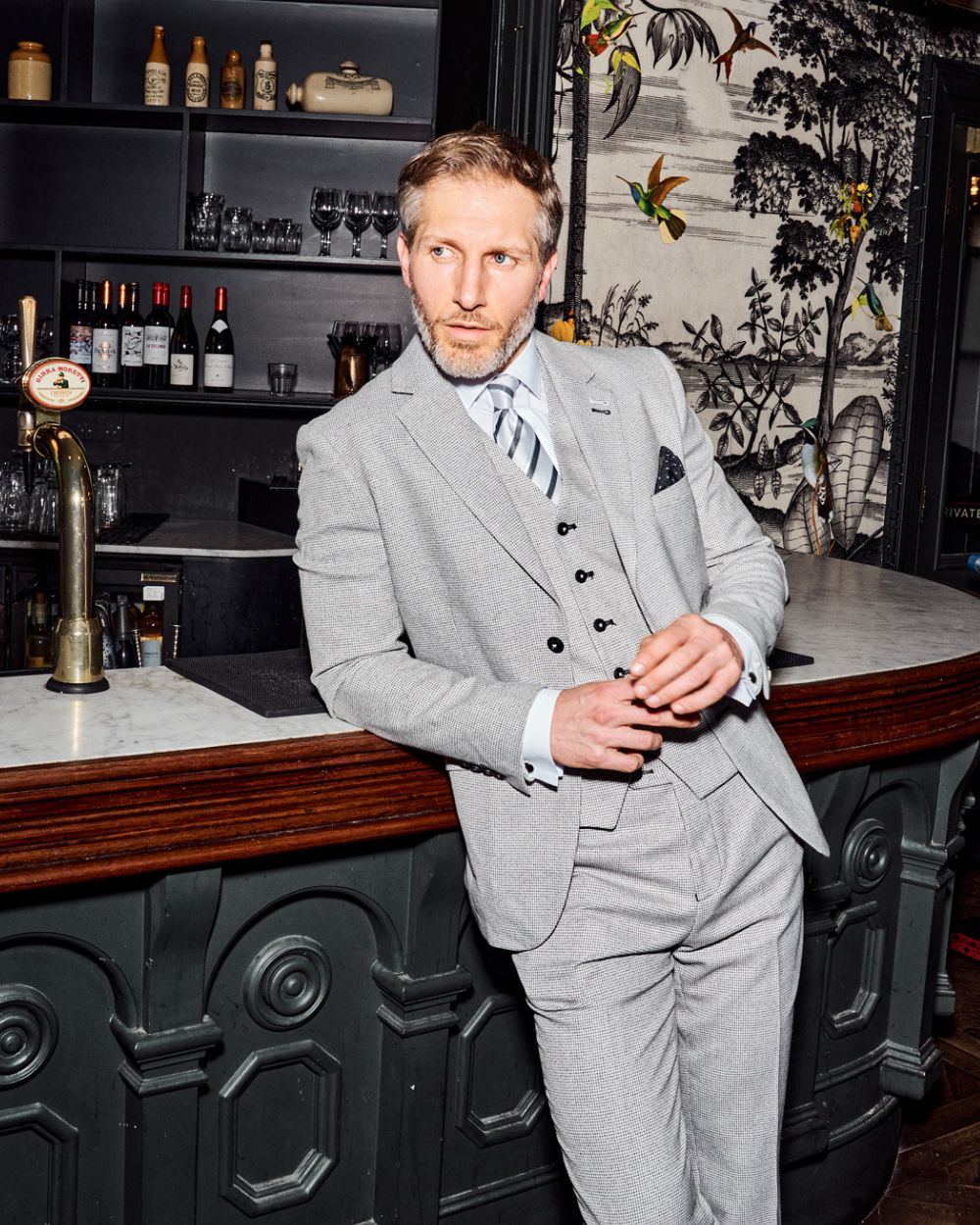
The Three-Piece Suit
King Charles II is responsible for introducing the three-piece suit to Britain back in 1666. While men had worn variations of trousers and jackets, the "Merry Monarch" added the vest element to boost the English wool trade and force royals to give up their French fashion craze. And it's safe to say it worked. The three-piece suit has remained an attractive option in today's society ever since.
As you'd expect, some style elements have evolved, but the general concept stays, offering you an incredibly sophisticated option for formal events like important business meetings, the races, and weddings.
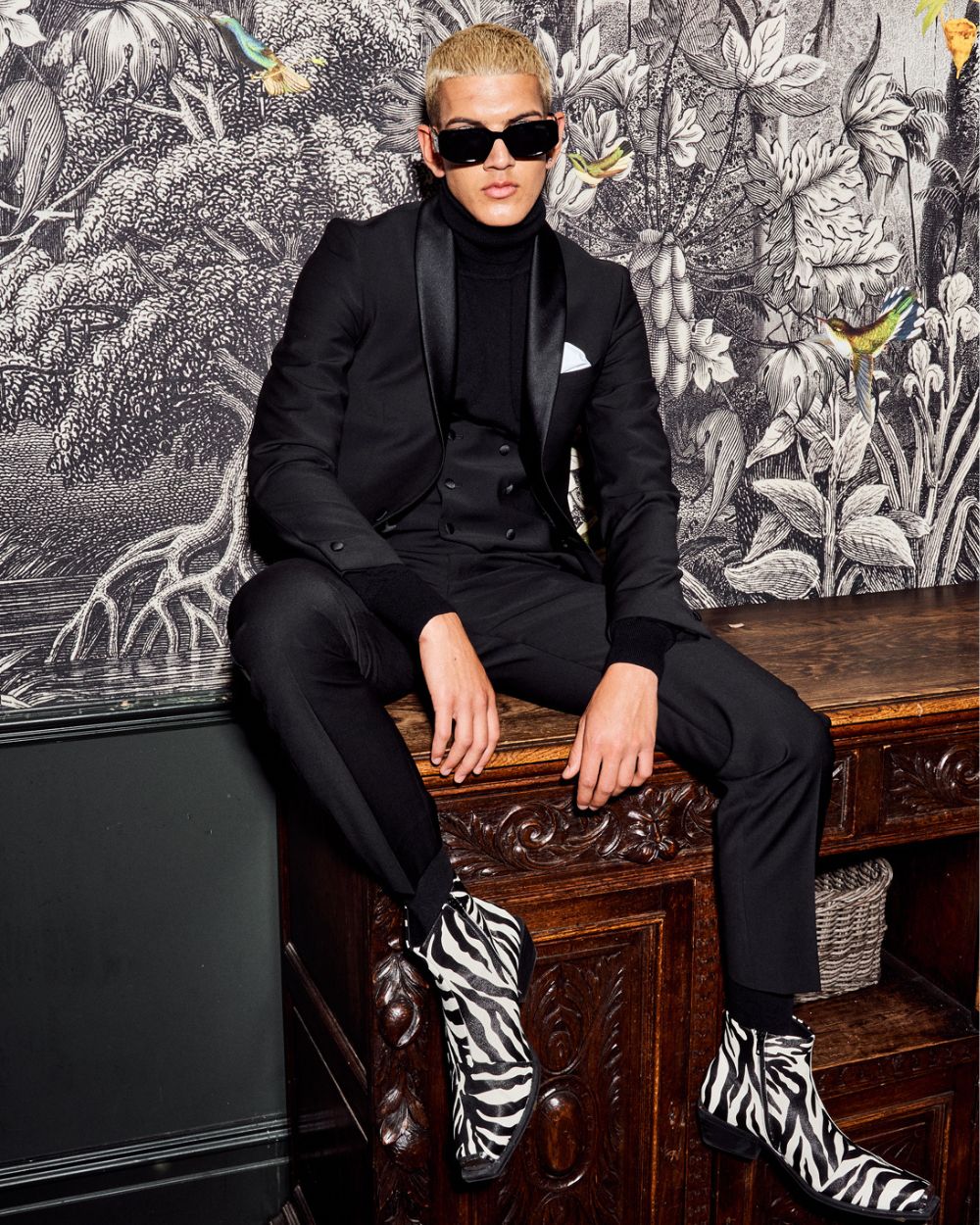
The Tuxedo
Otherwise known as the dinner suit, the tuxedo first made an appearance in the mid-19th century, but the first suit with a likeness to today's tux was created in 1865 by Savile Row for King Edward VII. His request was for a tailless, yet formal, suit that he went on to wear in informal dining settings.
An American friend of his liked it so much he also had one made, which he wore upon returning to the states. His club where he first donned the outfit, Tuxedo Park, is where the American name for the dinner jacket comes from!
While it was traditionally worn for informal settings, today's society places a tuxedo in more formal places, such as black-tie weddings, charity balls, galas, and high-end dinners occurring after five in the afternoon.
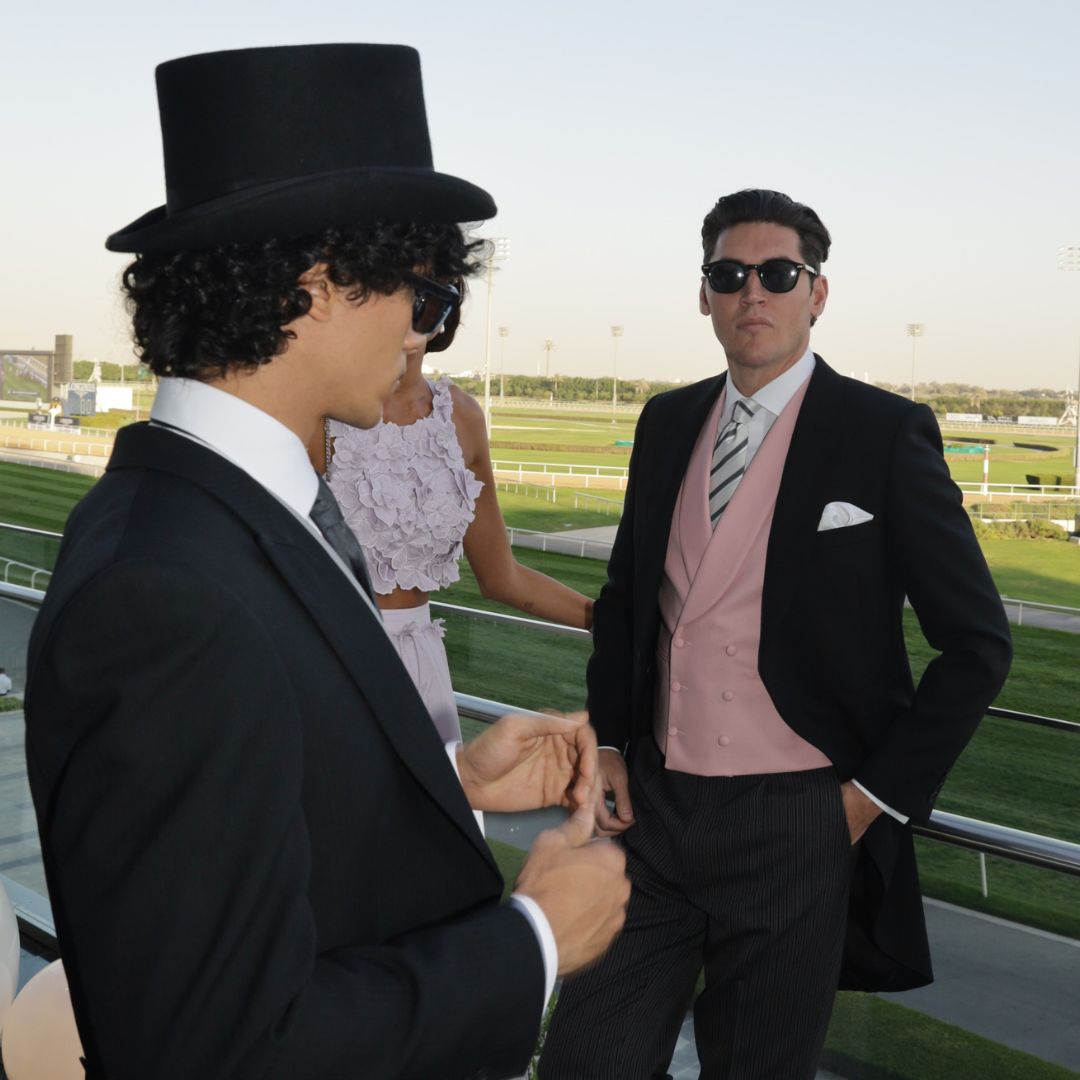
The Morning Suit
The morning suit (a.k.a., morning dress) dates back to the late 19th century. It was a mix between a single-breasted tailcoat worn for riding and a frock coat. Comprising five components — the morning coat, waistcoat, trousers, shirt, and shoes — its name comes from the fact it was traditionally worn at events occurring before 6pm.
Back in the day, it was worn with a top hat, pocket watch, cane, and suede glove. But it's safe to say the style has softened a lot over the years, so there's no need to wear them unless you really want to. Unless you're attending events during the day in the presence of the H. M. The King (like the Royal Enclosure at Ascot), you won't typically be required to don a morning suit.
Explore Our Collection of Morning Suits
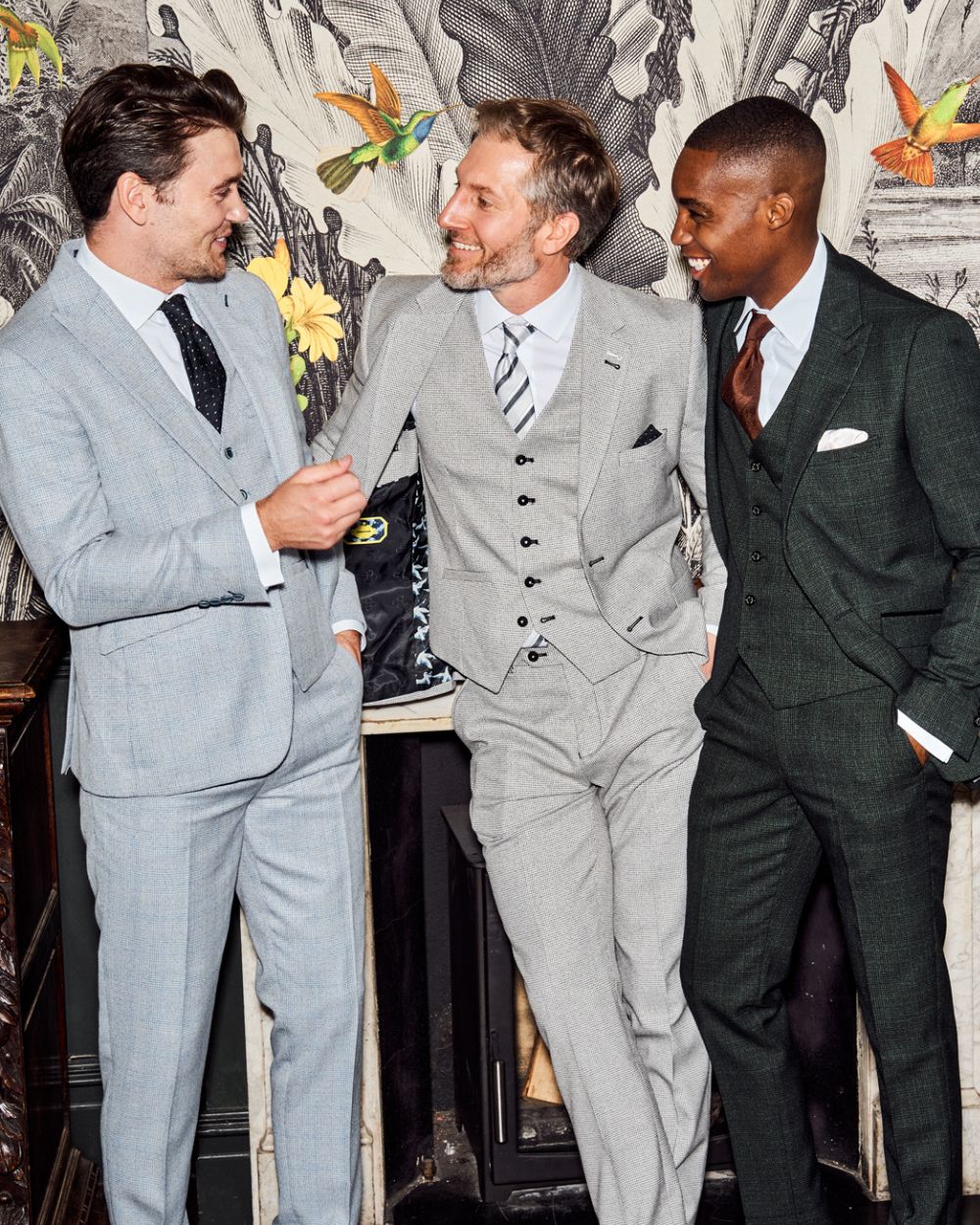
The Lounge Suit
The modern lounge suit appeared in the late 19th century, but its roots trace back to the French court uniform in 1662. It emerged as a less formal alternative to the often-rigid dress code of society. Today, it's simply a jacket and trousers made from the same fabric.
It's a highly versatile option that suits weddings, fancy dinners, professional meetings, and corporate work settings.
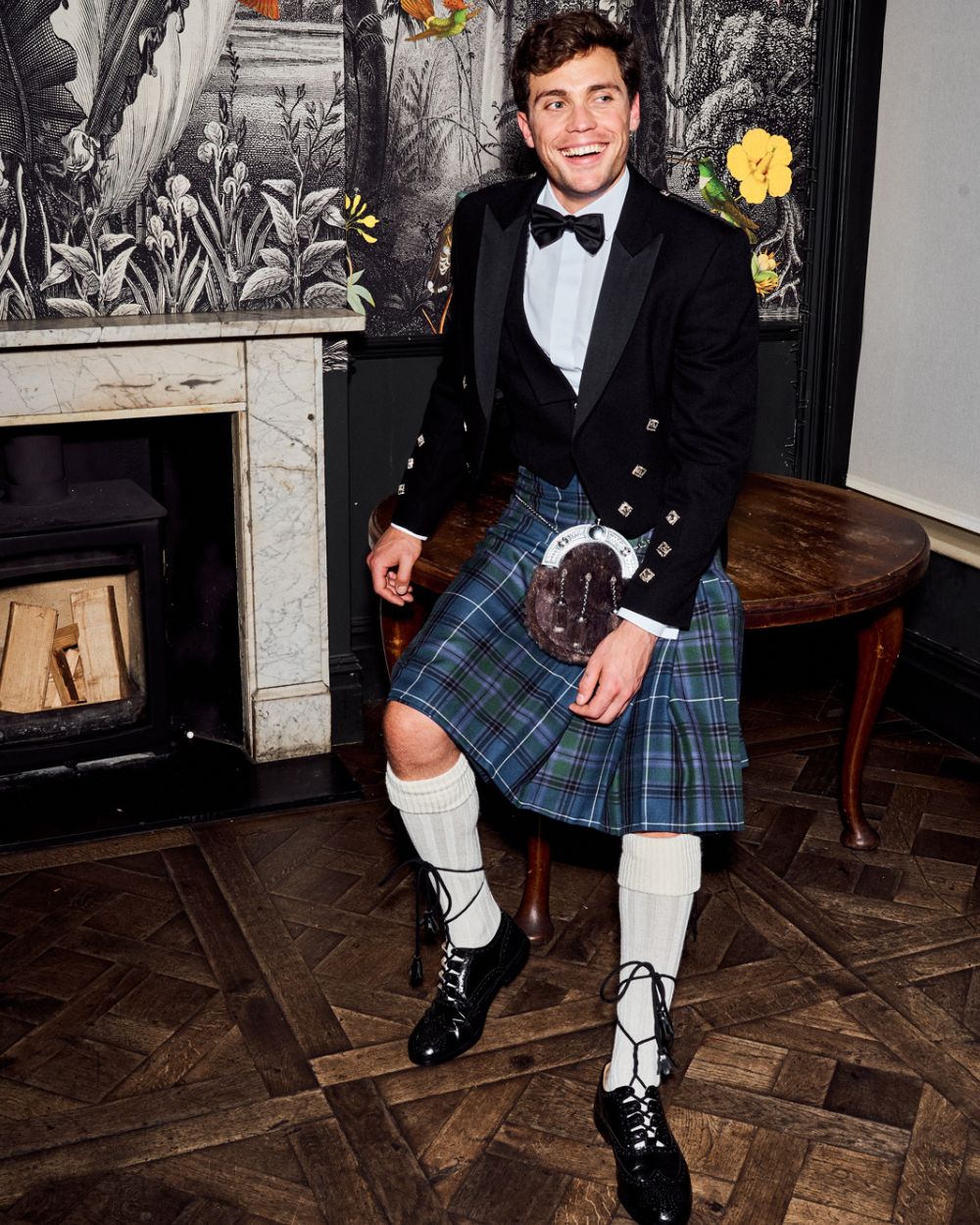
Highland Wear
The earliest sightings of highland wear were seen on the staff and lairds of Highland clans in the 16th century. It's a traditional, regional dress of this region and its typically characterized by tartan.
From formal events like black tie dinners and weddings to informal settings like cultural celebrations, highland wear suits a variety of events and may even be the dress code for some parties.
And there you have it — you'll never be stumped by suit lingo ever again! If you’re looking to hire a suit for your next occasion, explore Rathbone's collection of suits available to hire.
